By Vuyi Mpofu
If I were a first time car buyer, looking for a spacious, high riding compact SUV with stylish looks, I’d go for the Renault Kiger Intens.
Vuyi Mpofu, Editor Heels & Horsepower Magagzine
It is my belief that Renault South Africa has been very instrumental in changing the perspective South African motorists have of French made vehicles.
Products such as the ever-popular Duster, Kwid and Triber seem to tick all the boxes required by thousands of South Africans, as these vehicles offer both space and functionality at prices which don’t break the bank.
With the introduction of the Renault Kiger, (and now that I have driven it), I can safely say that the French manufacturer’s compact SUV will undoubtedly follow in the successful tyre tracks of the aforementioned cars.
The Renault Kiger made its debut in South Africa towards the end of 2021, and I recently got my heels on the pedal of the brand’s flagship Kiger Intens 1.0L Turbo CVT.
Normally I wouldn’t mention pricing at such an early stage of a review, (as that would be akin to asking for tomato sauce at a fine dining restaurant), but I have to start off by sharing that, at less than R300 000 for the top of the range model, the Intens 1.0L Turbo CVT made a positive impression on me as a vehicle which offers quite a lot of value, particularly for a first time buyer or anyone looking to scale-down.
Exterior Styling
The exterior of the Kiger is eye-catching with design cues that allude to real SUV qualities. It’s front grille has a 3D graphic finish with honeycomb shaped chrome effects, and it boasts Renault’s moniker LED daytime running lights and striking tri-octa LED Pure Vision headlamps. All these work in harmony to give the Kiger an air of sophistication not usually found in its segment.
The tail light units have glossy black inserts which accentuate the Kiger’s rear double C-shaped lighting signature. These blend rather well with the Kiger’s sporty rear bumper.
Overall, the Renault Kiger’s look lend it muscular tones and hints of sportiness one would normally find in bigger SUVs. It’s topped off with silver roof rails, and balanced out with aluminium finish skid plates, all of which add gravitas to the pocket-sized SUV.
Interior, Styling & Tech
The Kiger Intens 1.0L Turbo CVT is reasonably well laid out on the inside, offering a multitude of styling features and tech to suit even the most seasoned palates. Among these are a digitised instrument cluster panel, 8.0-inch infotainment system with Apple CarPlay and Android Auto.
The Kiger Intens 1.0L Turbo CVT also boasts an auditorium 3D sound system by Arkamys, with eight onboard speakers (four 6,5” speakers, four tweeters). What I liked most about this system, is that it automatically adjusts the volume according to the speed of the vehicle. Needless to say this helped me keep my speed down whenever I pressed the gas pedal a little harder than I should!
The Kiger Intens 1.0L Turbo also comes with a reverse camera, handsfree smart access, ambient lighting, cruise control, keyless entry/start and multifunction steering wheel.
What I Didn’t Like
There is a lot of talk about quality of the interior of the Kiger and I must confess that when I first stepped into it, I felt let down by Renault’s choice of materials and final interior finishing.
For starters, I am not a fan of hard plastic cladding on the interior of any car and didn’t expect to find it in the Kiger. In my view that sort of material is best at home in a hardworking bakkie and not a run-around compact SUV.
Another disappointment was the difficulty in opening the doors from the inside. I found myself tussling with the latch more often than not, then resorting to unlocking the doors using the central locking function just under the central air vents. Of course this unlocked all the doors at once even though I only wanted to open just one door.
I also found the fronts seats a tad narrow which may be a problem for ample sized South African men and women. This problem is further compounded by the challenge of clicking the seatbelt into its latch, because the bulky centre console protrudes quite a bit into the space were you would ordinarily, and comfortably, slide your hand to lock secure the seatbelt lock. One will have to get creative and do all manner of hi movements just to click in the seatbelt!
But enough about what I didn’t fully appreciate. The Kiger does have a lot of good qualities and ticks quite a lot of boxes. Here are two of the most noteworthy interior highlights.
What I Liked
Generous leg and headroom. At just under 4 metres, one would think the seating in the Kiger would be a bit of a squeeze. I found the space within the Kiger pleasantly roomy and I don’t say that simply because I am vertically under par myself. Rear leg room is more than adequate and offers more space than your average economy airline seat.
Lots of storage compartments. There is no shortage of places to squirrel things away in this little SUV. It has four 1-litre water bottle holders, 2 cupholders in the front doors, a storage space in the central armrest as well as an upper and lower glovebox.
In total, according to Renault, there is a total of 29-litres of storage capacity inside the Kiger which is all very impressive but whoever thought it was a good idea NOT to include 2 central cupholders needs to be sent to the naughty corner with immediate effect’.
The Drive
Driving the Kiger Intens was more pleasurable than I could have imagined. Backing out of the driveway in my city home in Fourways, I pointed the Intens grille in the direction of the highway then towards the Gauteng provincial border, as I headed home to the farm.
I remember wondering if the Kiger would cope better on city roads or along the gravel roads which lead to the homestead.
Thanks to its sprightly 1.0-litre three-cylinder turbocharged engine, it wasn’t long before I was in the thick of Johannesburg traffic. With 74kW on tap the Intens kept up effortlessly.
I was struck by how little noise emanated from it CVT gearbox which is a huge plus in my book (anyone who knows anything about me will attest that I abhor traditional CVTs because they shriek and squeal like a 2 year old having quite the tantrum).
Driving Modes
The Kiger has three different driving modes for three different driving experiences – Normal, Eco and Sport mode.
Normal mode offers a well, normal driving experience and I used this mode for the duration of my 7 day test period. Suited for city driving conditions, normal mode provides useful information such as real-time and average fuel consumption. In normal mode, the Kiger provides an adequately responsive performance and in all honesty, this is the mode I believe the Kiger should be driven in the most.
Next, I flicked the switch to Eco mode. I’m not a driving Miss Daisy type of motorist so Eco is not a mode I particularly enjoy. As the name suggests, Eco provides a drive which is inclined towards economic driving practices, making for a leisurely drive.
On the opposite end of the spectrum Sport mode provides an energetic drive thanks to the sharpened throttle response. Sport mode doesn’t bode well with fuel efficiency and I soon had to take my pedicured foot off the gas.
Arriving at the farm I turned off the tarmac and ventured onto the gravel. The Kiger didn’t miss a beat and continued to eat up the road ahead of it with ease.
I was struck by the fact that comfort levels didn’t change when driving on dirt and simultaneously discovered how nimble the Intens is as I dodged goats and ducks which are yet to become accustomed to vehicles moving faster than the farm’s all familiar tractor.
Giving The Local Vicar A Ride
Later in the week, when traversing between the farm and the nearby village, I was met with admiring glances from the locals. The male folk was in agreement that the Kiger is best suited for their wives and when I announced its pricing they were doubly sold.
As the group prepared to disperse, one of the elder men in the group suggested that I give the village priest a ride to his church; I managed a weak grin in agreement as the elder in question glared at me meaningfully.
Excited, the priest hopped over to the driver’s side and yanked at the door much to the amusement of the watchful group as they loudly reminded him that this wasn’t a taxi and that the door didn’t need to be pulled off its hinges.
My nerves got the better of me as I started off, (probably due to a sense of guilt; I haven’t been to confession in ages) and unwittingly drove over potholes I would ordinarily have managed to avoid.
The Kiger Interns took these in stride while the Man-of-God punctuated each mishap with an evangelical Halleluiah.
I later learned that was his way of showing appreciation for the Kiger’s sturdiness and not a disguised reprimand in response to my driving skills.
As I dropped him off at the gate of the church building he turned and said a short prayer for my continued safety, adding if the man upstairs granted me favour in winning the national lottery, I would find it in my heart to purchase and donate such a vehicle to the church.
I said amen.
Safety
The Renault Kiger Intens 1.0L Turbo CVY is equipped with numerous safety features in line with 3-star global NCAP requirements, namely:
- A reinforced body structure
- ABS+EBD
- ESP
- ISOFIX (for child seat safety)
- 4 Airbags (front + passenger + front side airbags)
- Seatbelts with pretensioners and load limiters
- Rear parking sensors
- Impact sensing door lock
- Pedestrian protection
It also has remote central locking, child locks, and ISOFIX fittings to mention a few.
The Verdict
I enjoyed driving the Intens and honestly feel that it is a good buy. Its competitors for those looking to stand out from their peers who may be driving the Kiger’s competitors such as the Toyota Urban Cruiser, Suzuki Breeza and Kia Sonet). In truth, the Kiger is one handsome little fellow. It looks the business and is quite capable getting the job of taking you from point A to point B safely.
Being a compact SUV, the Kiger is at home both in city traffic as well as on the dusty farmlands where I live. I wouldn’t mind having it my run around car – something I have never said of any vehicle of this category.
Range and Pricing:
The Renault Kiger range is available in 3 trims – Life, Zen and Intens. I had the range topping Interns Turbo CVT.
- KIGER Life 1.0L R204 900
- KIGER Zen 1.0L R219 400
- KIGER Zen 1.0L AMT R229 900
- KIGER Zen 1.0L Turbo R259 900
- KIGER Intens 1.0L Turbo R279 900
- KIGER Intens 1.0L Turbo CVT R299 900
As with all Renault products, the Kiger comes standard with a 5-year/150 000km mechanical warranty and a 6-year anti-corrosion warranty. Service intervals are at 15 000km.
















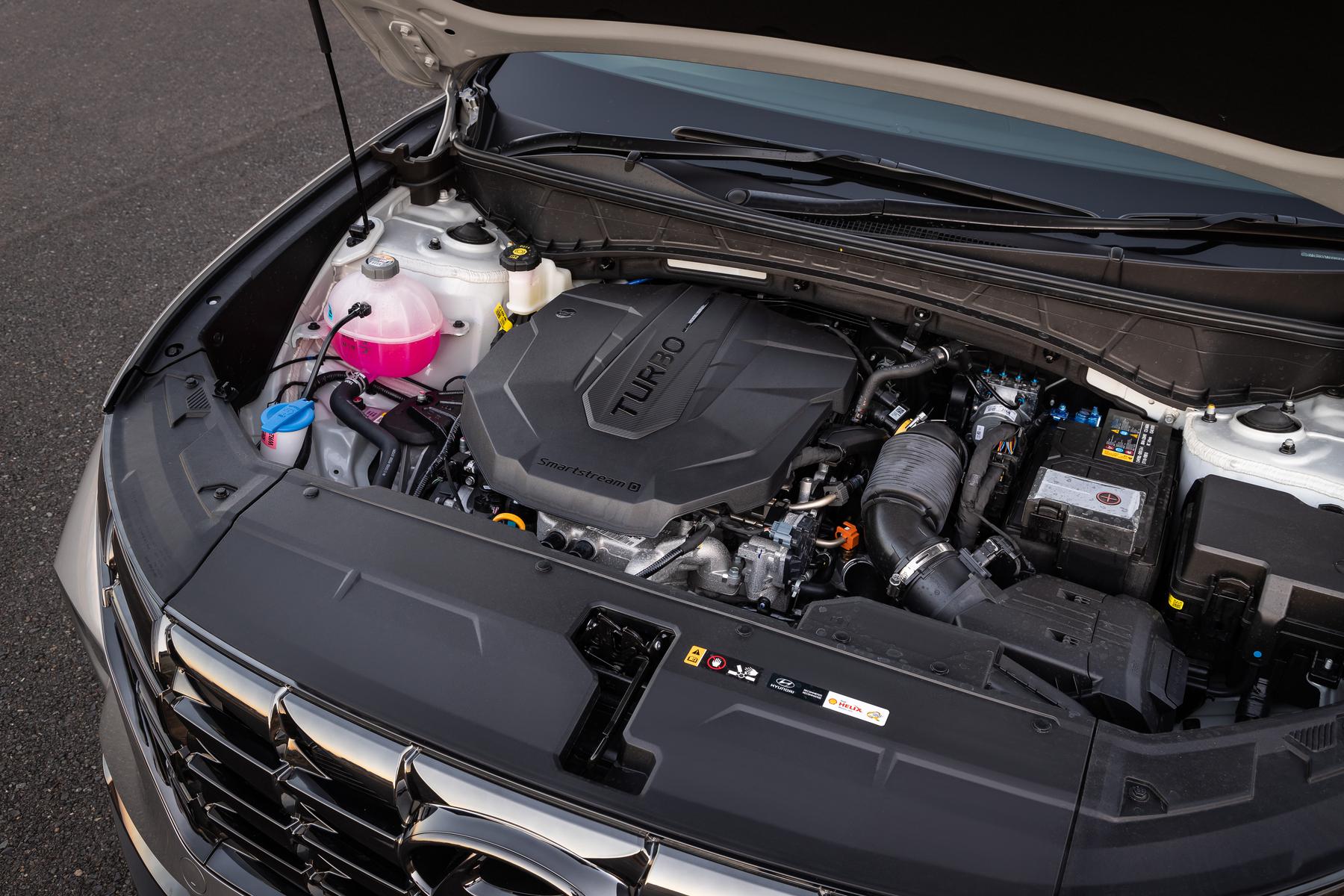
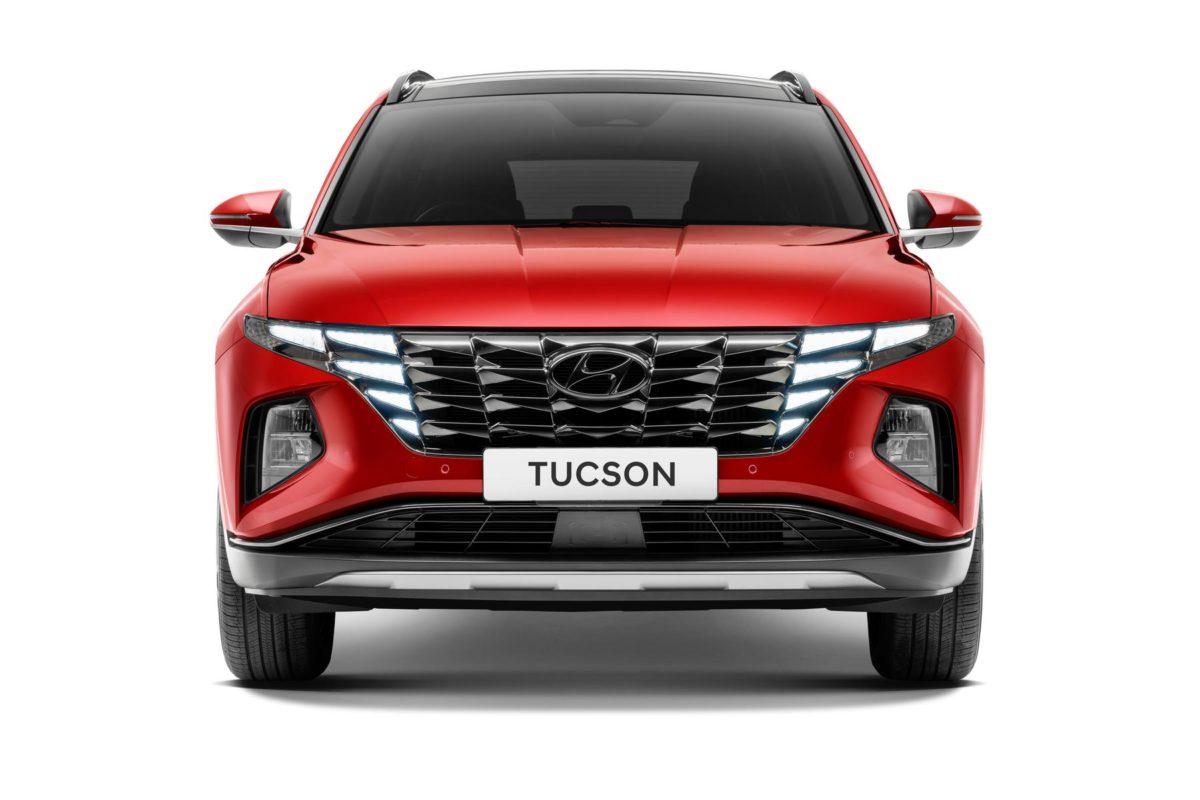



















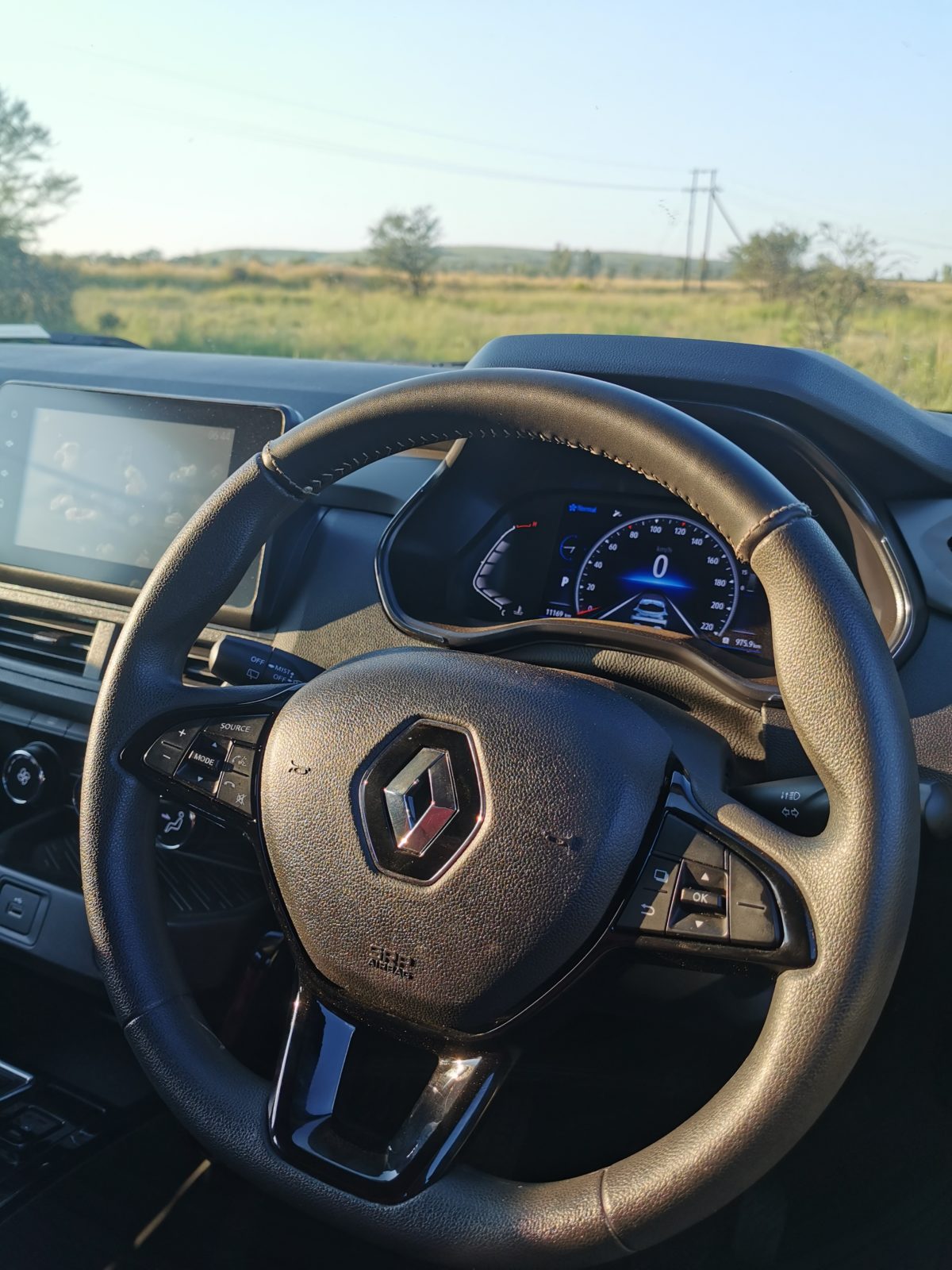
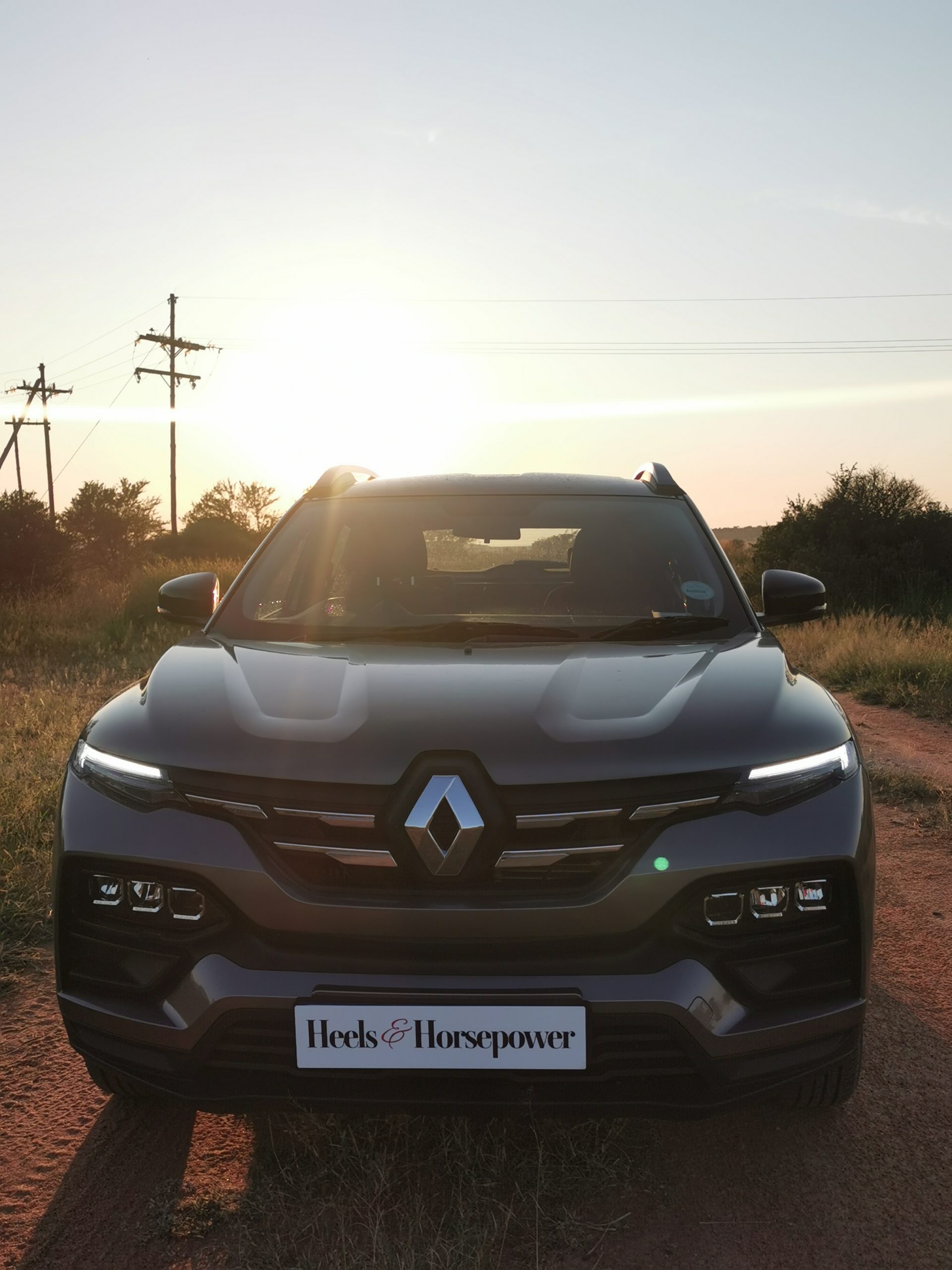
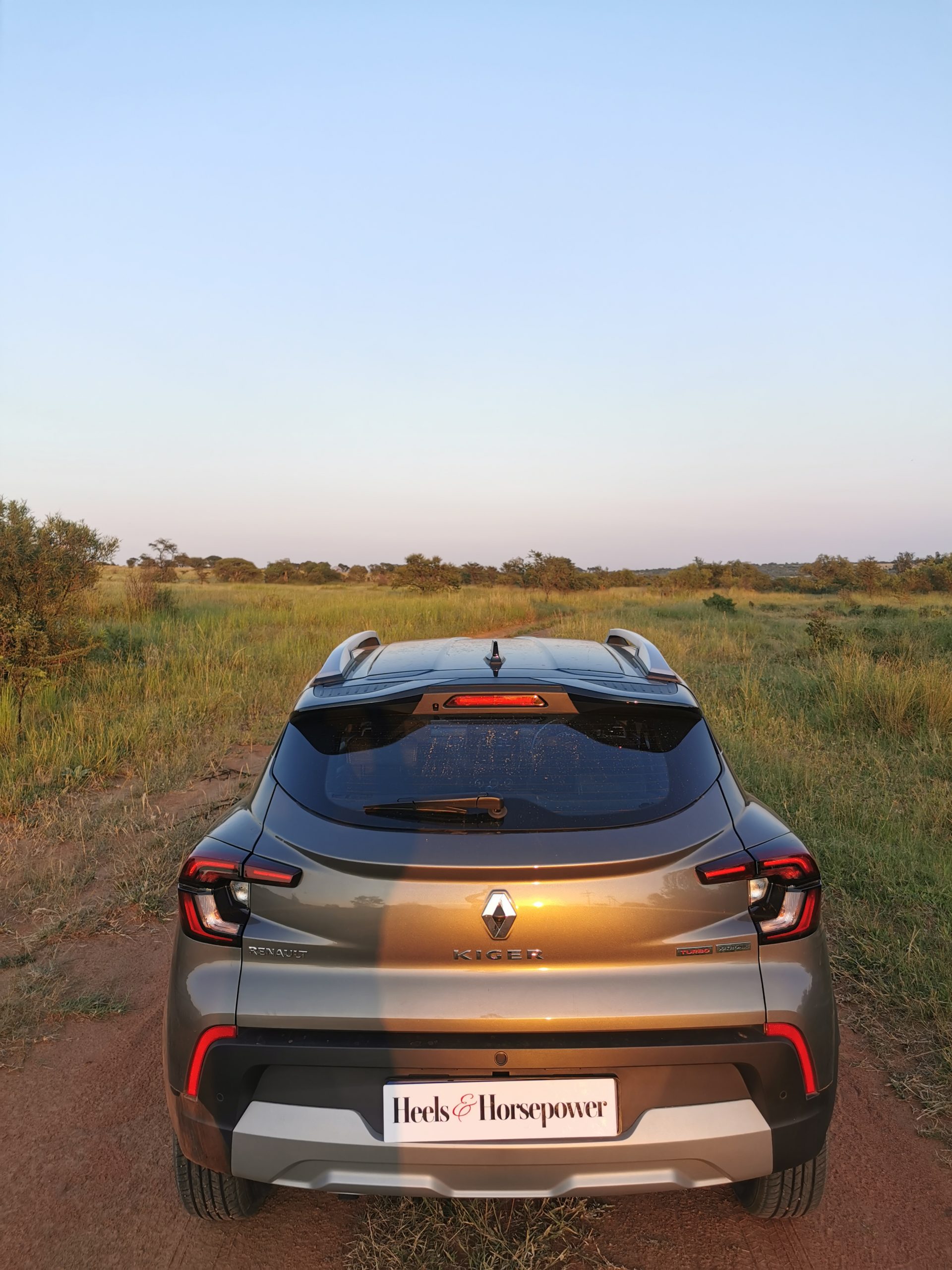
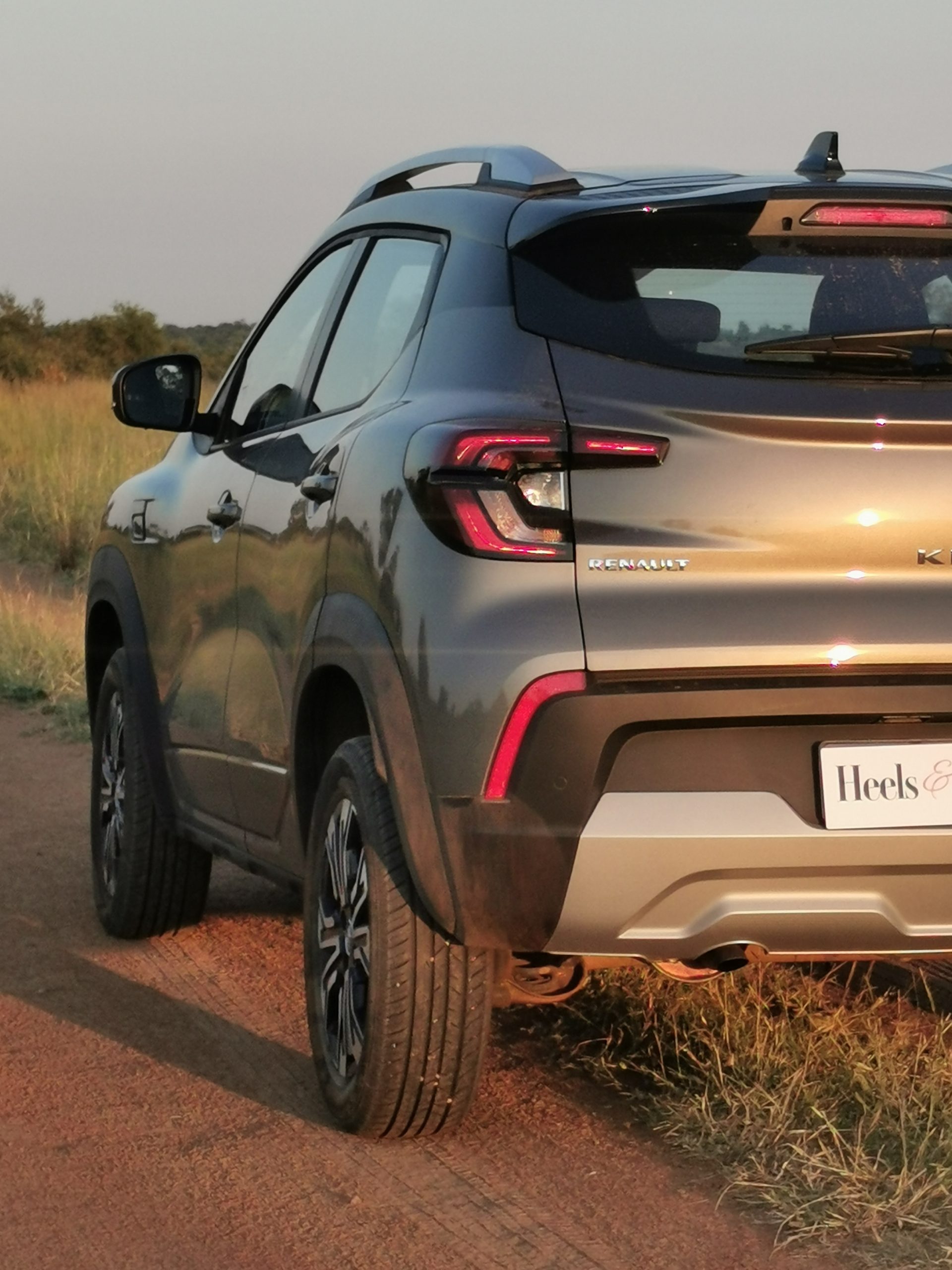
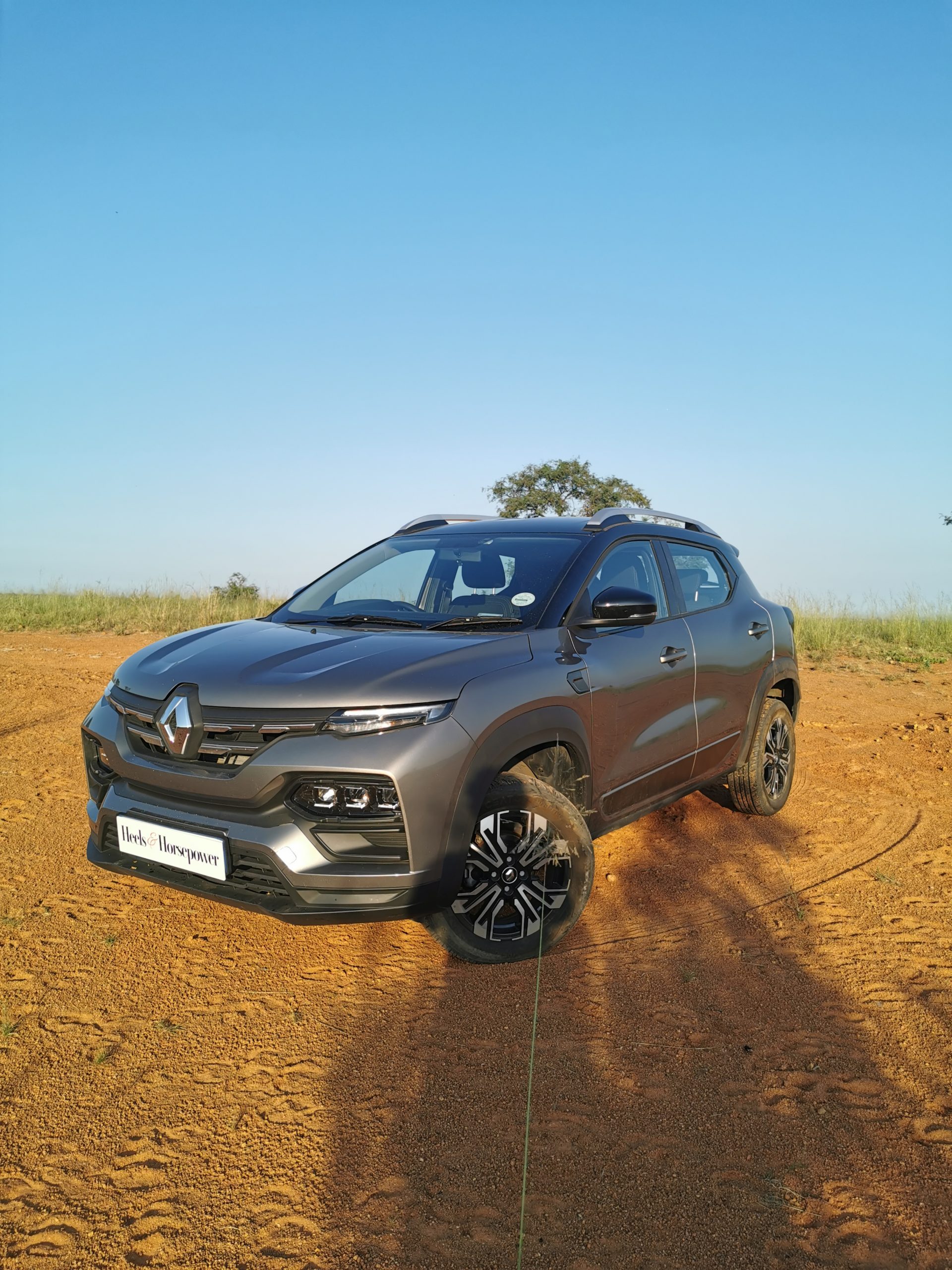
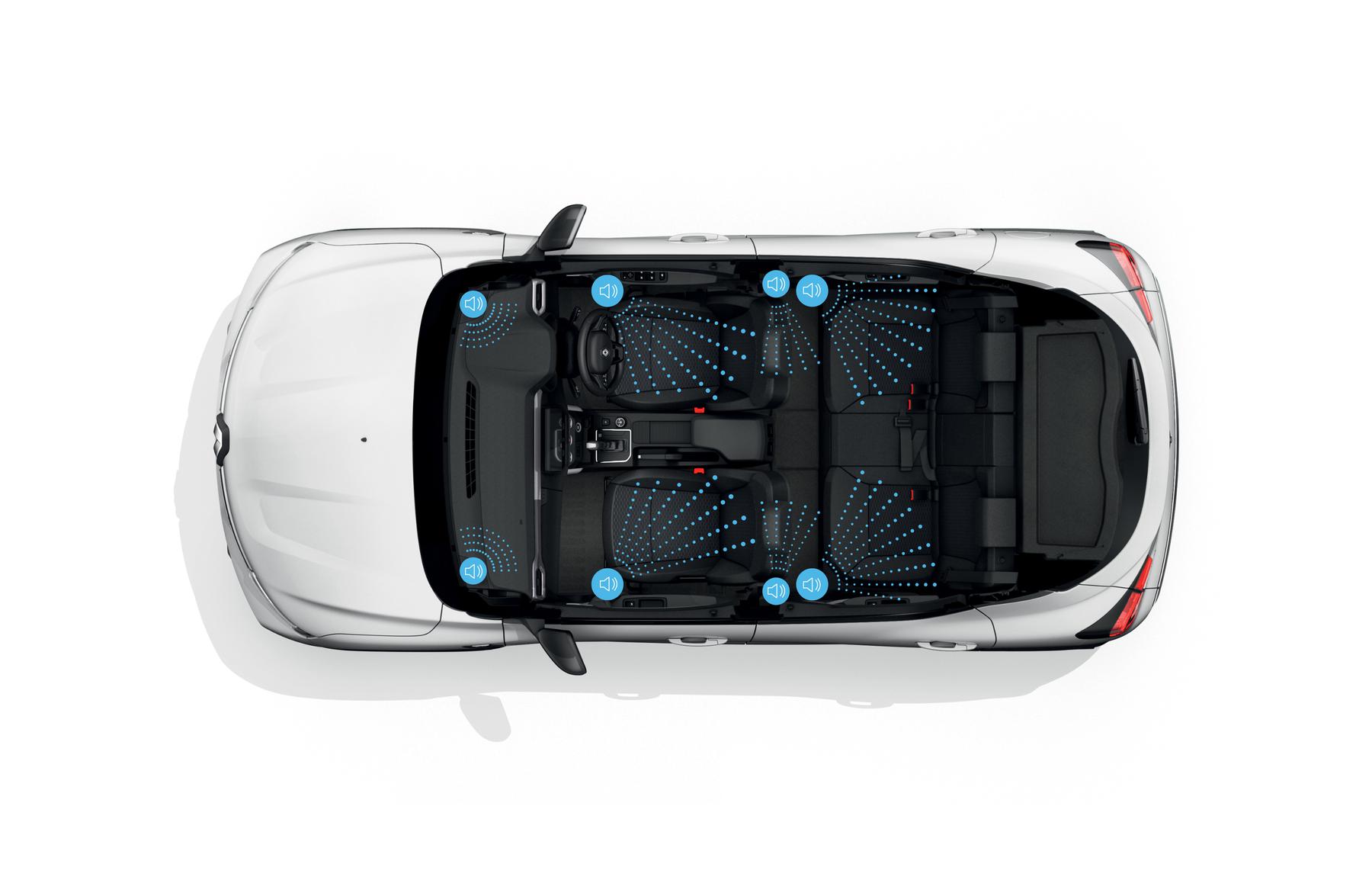
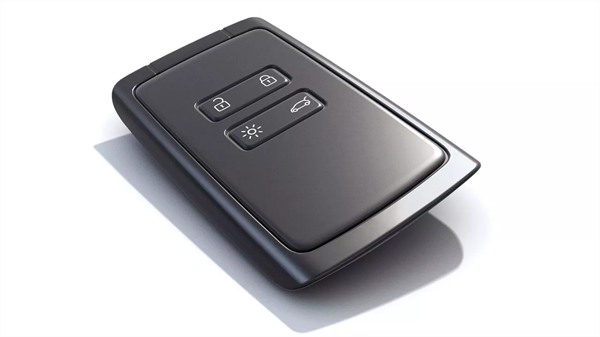
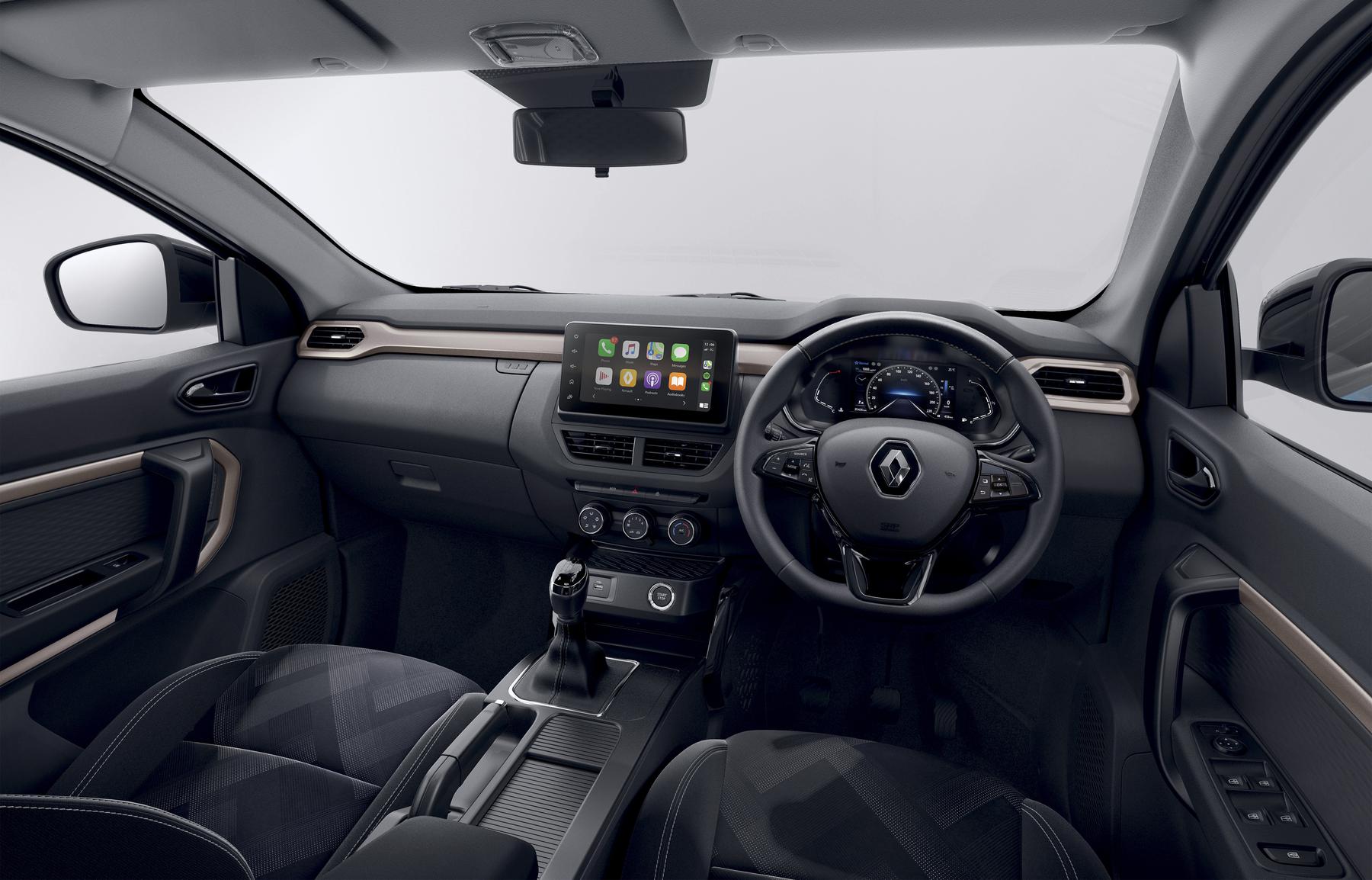
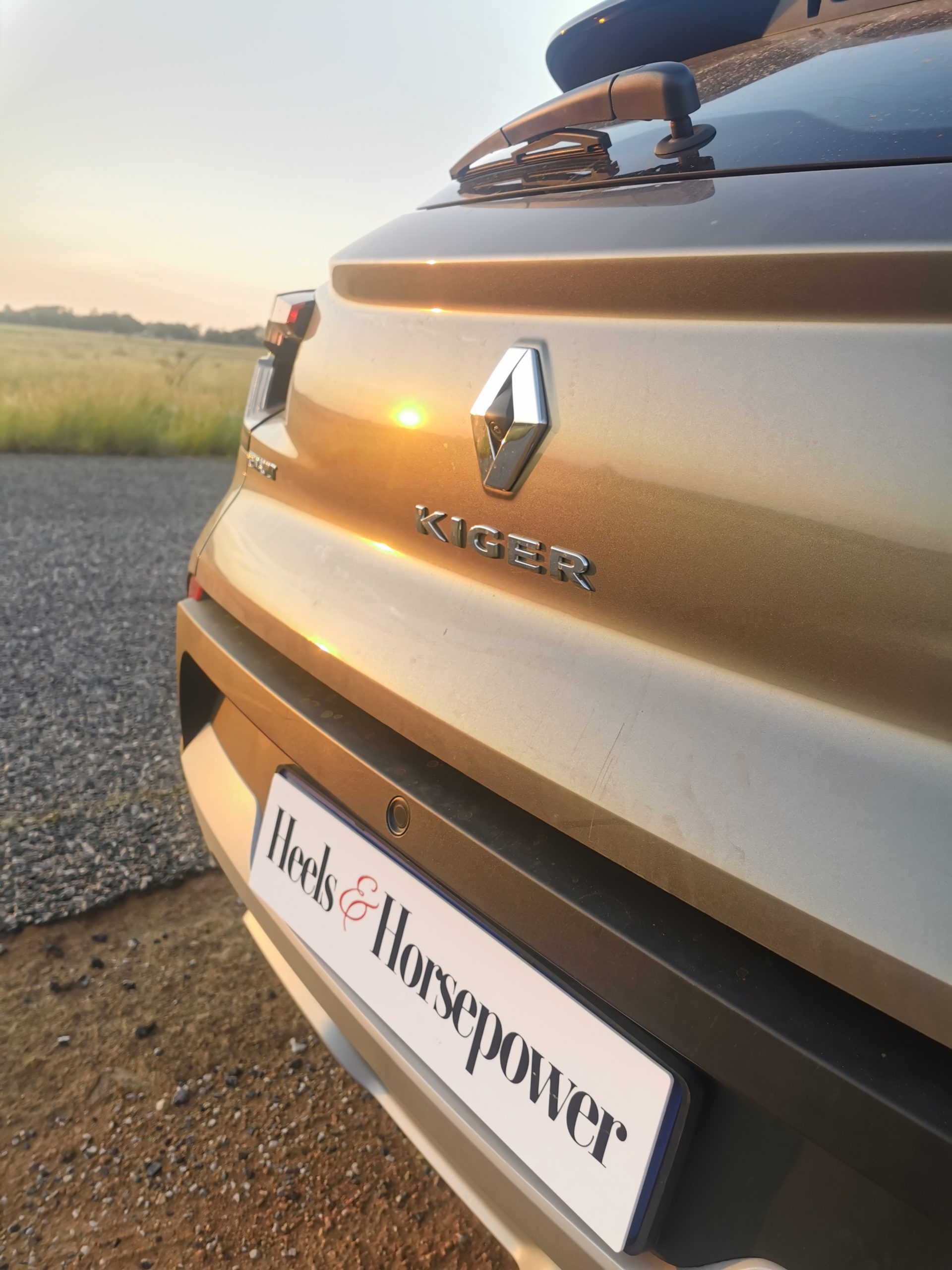
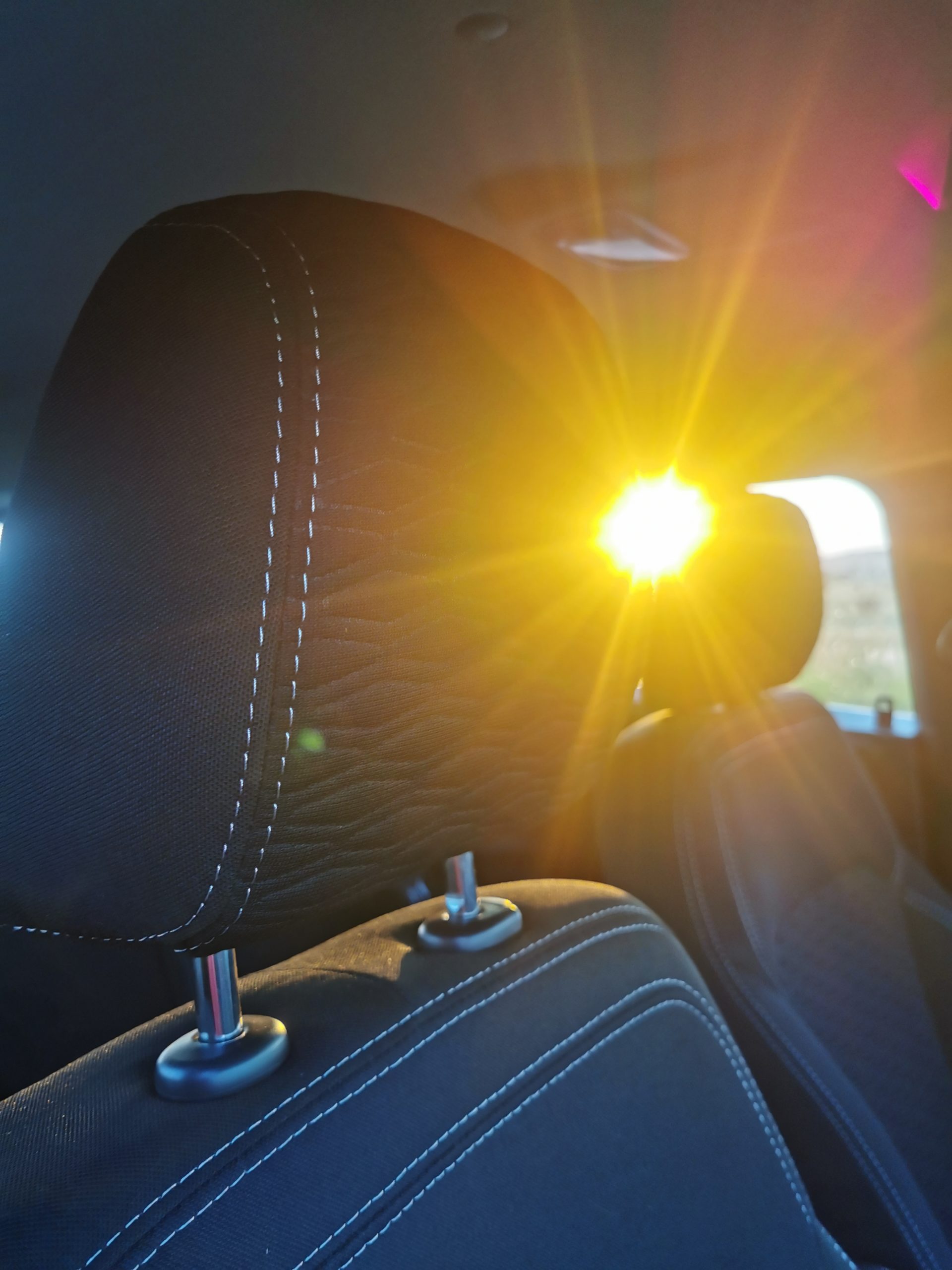
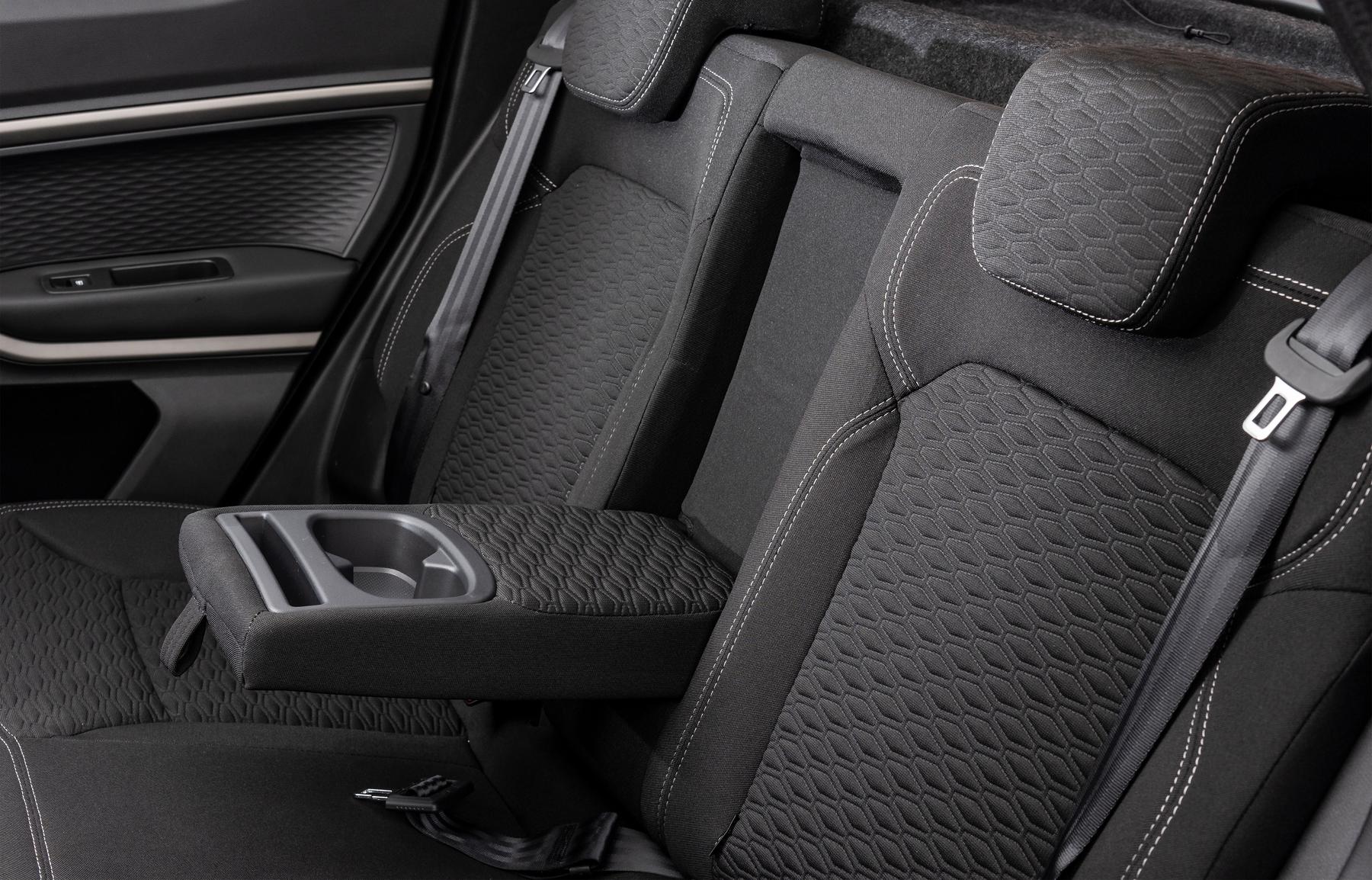
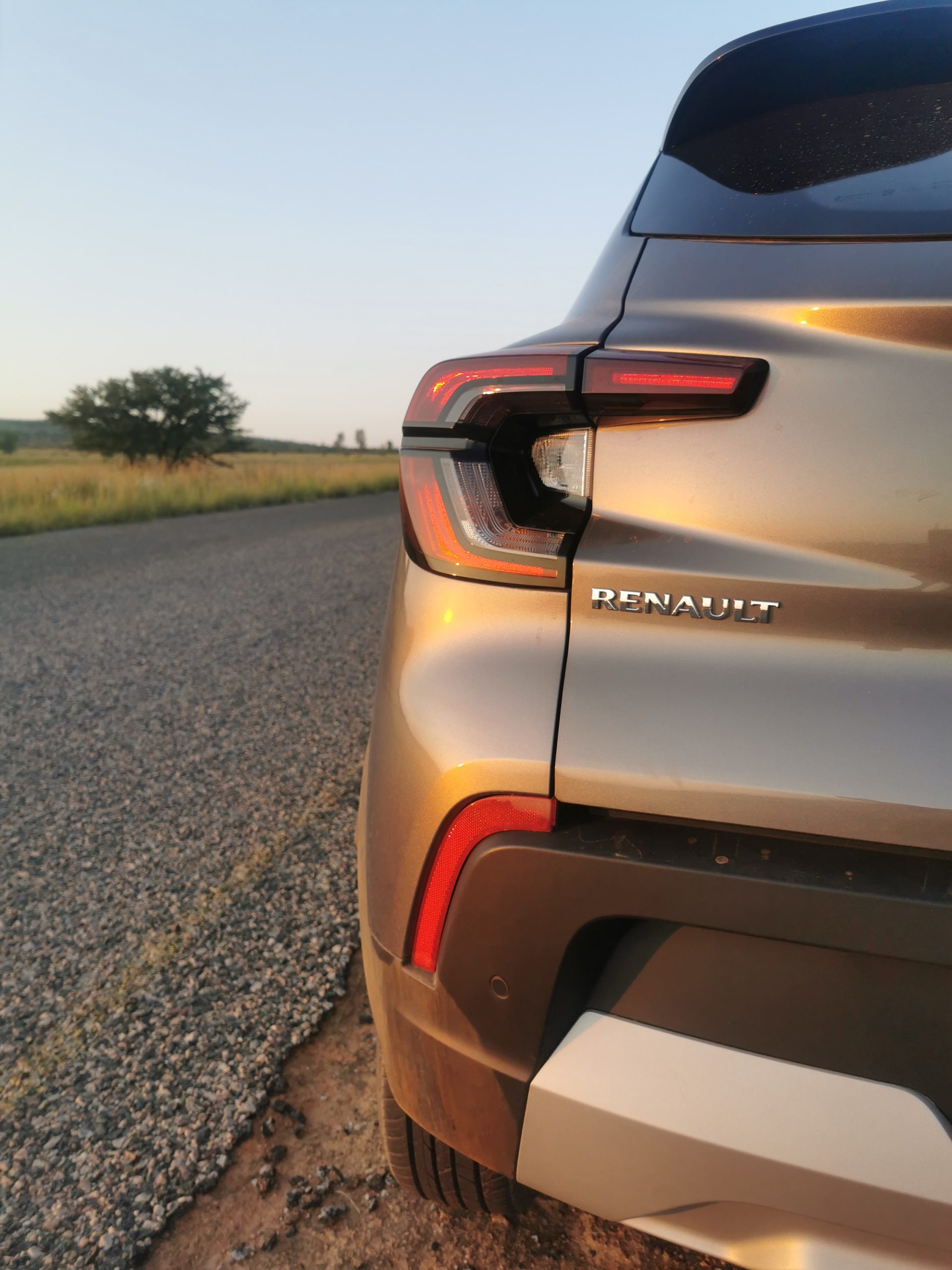
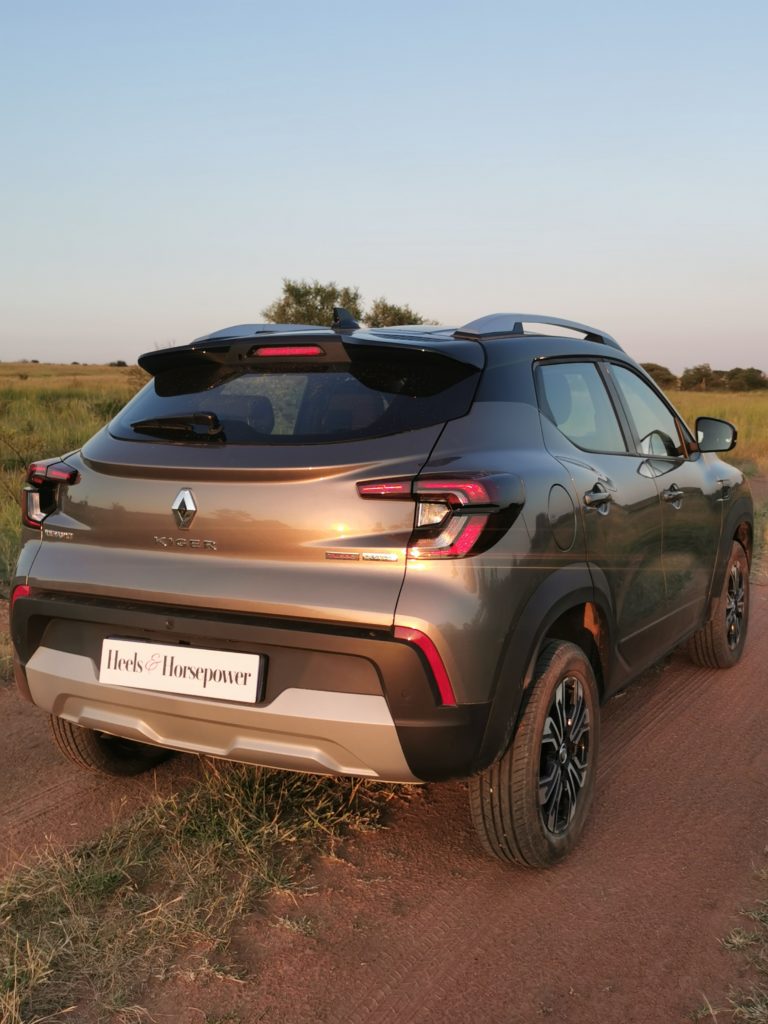
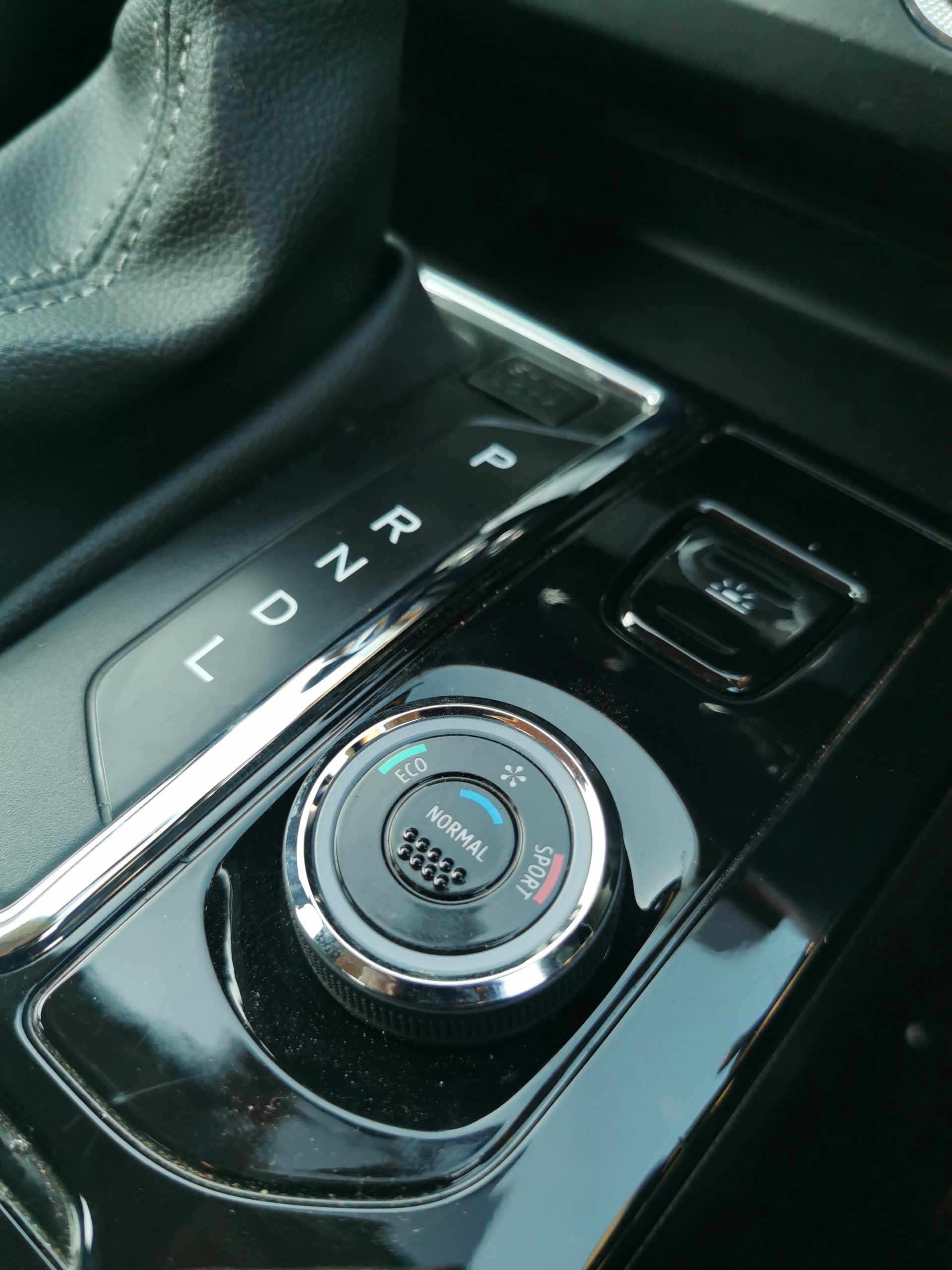
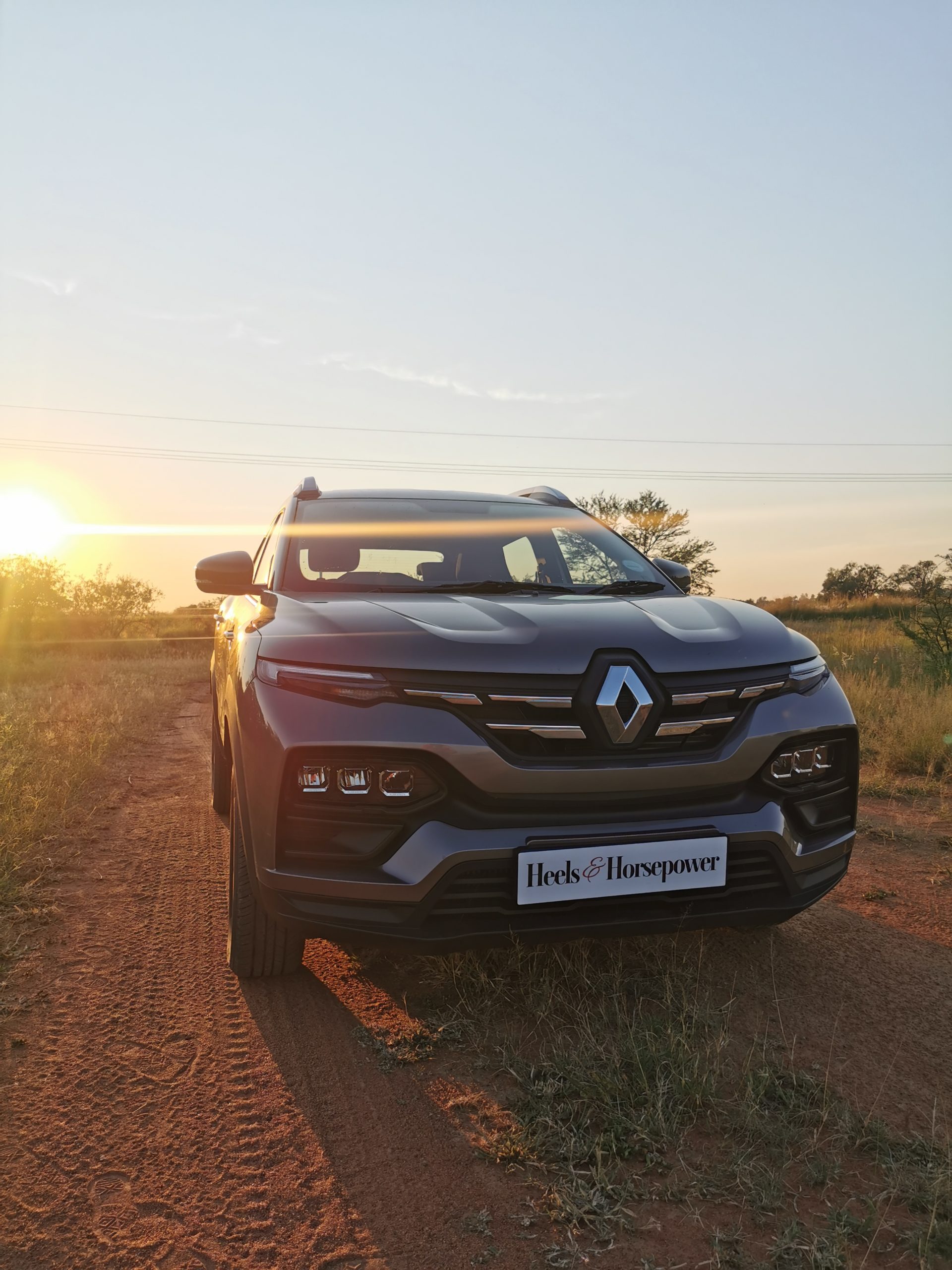
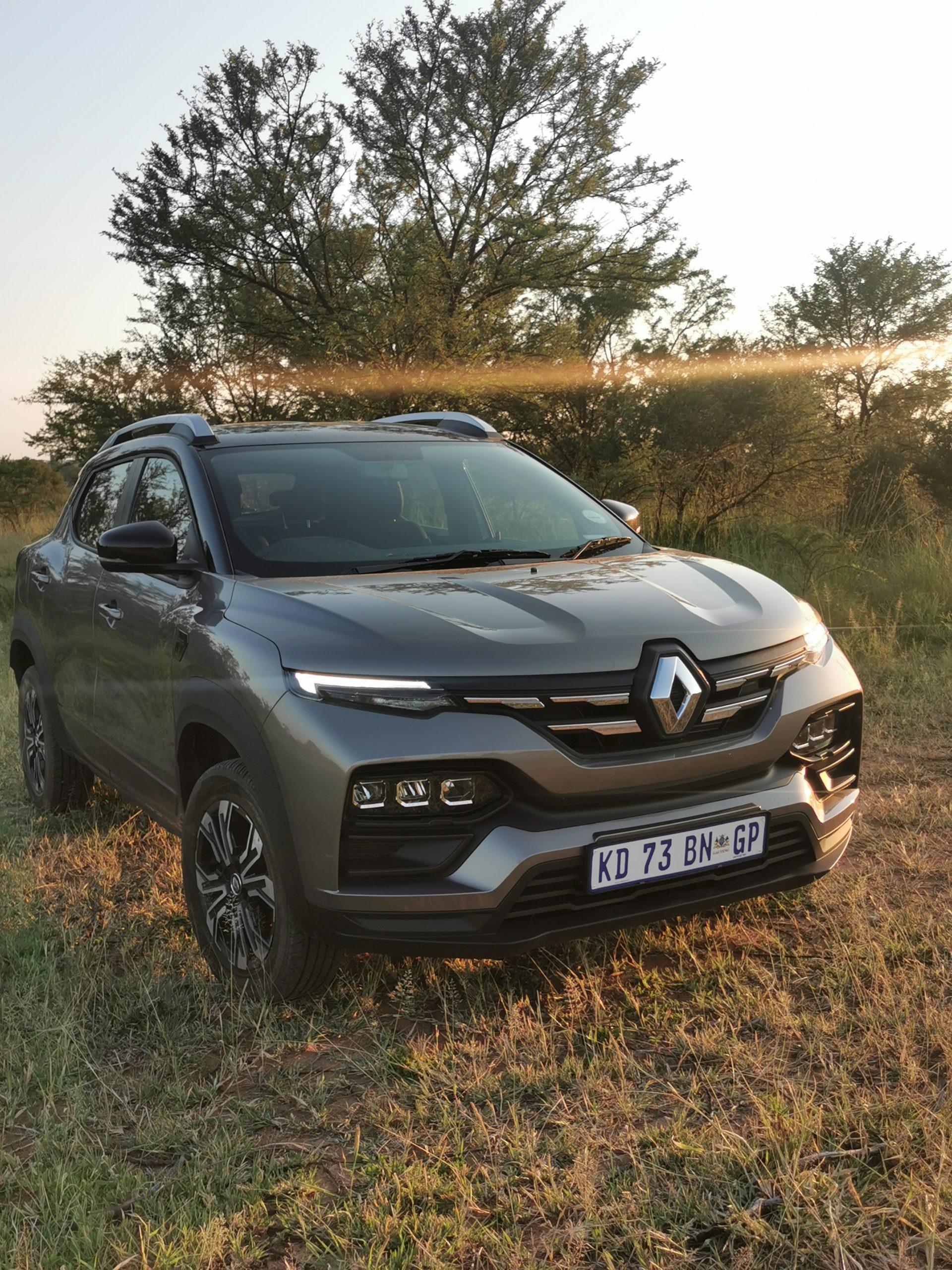
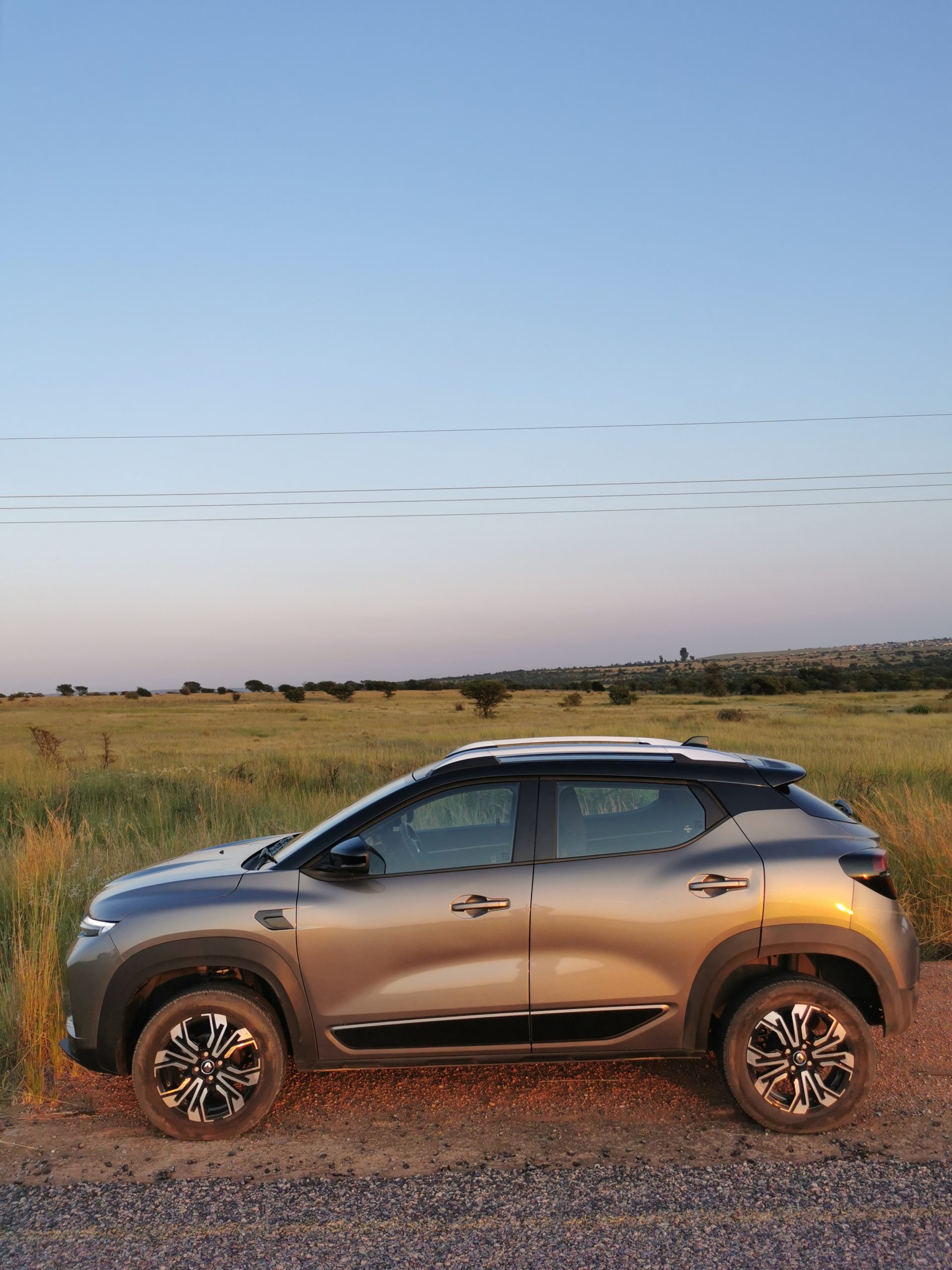
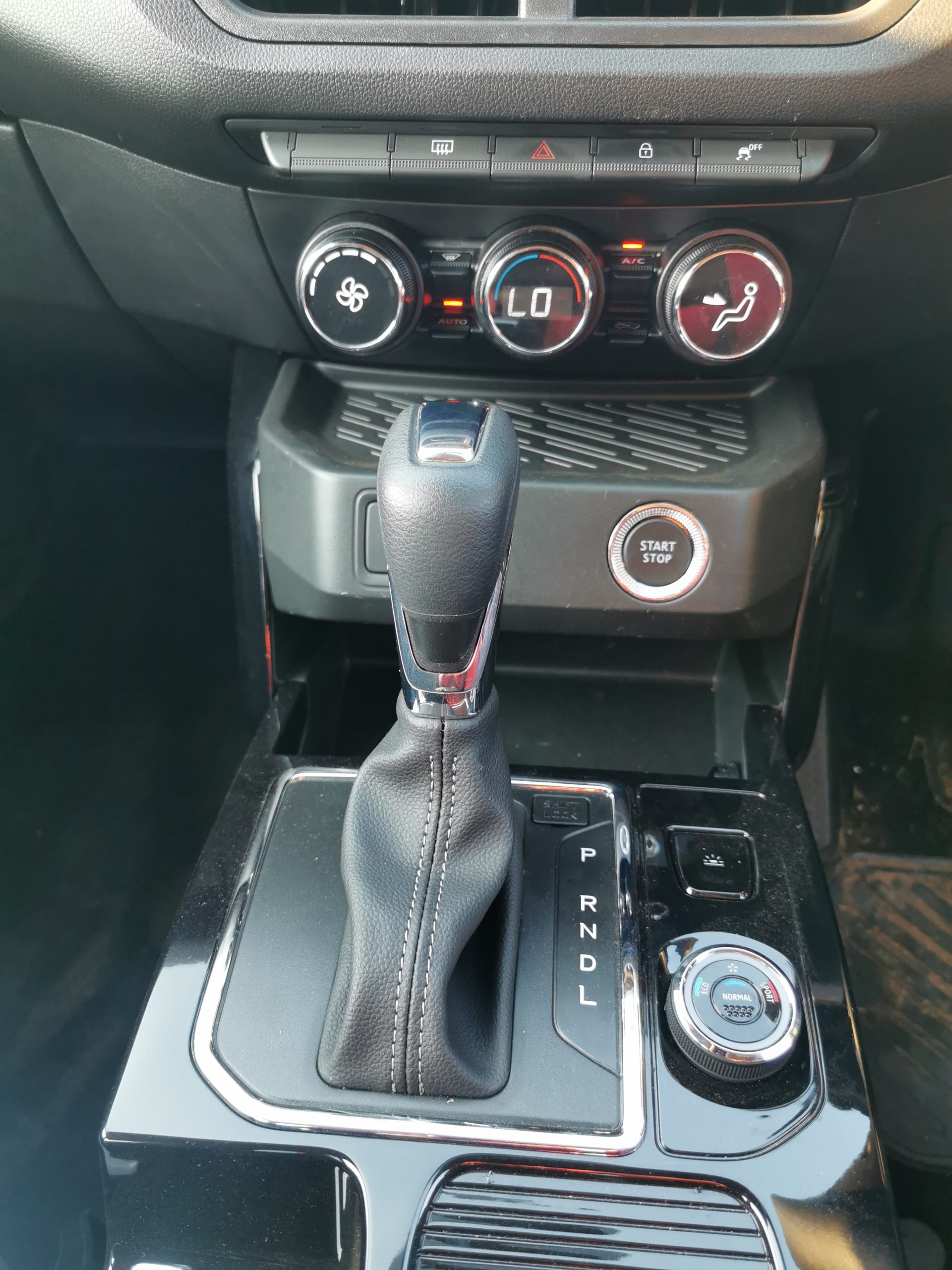

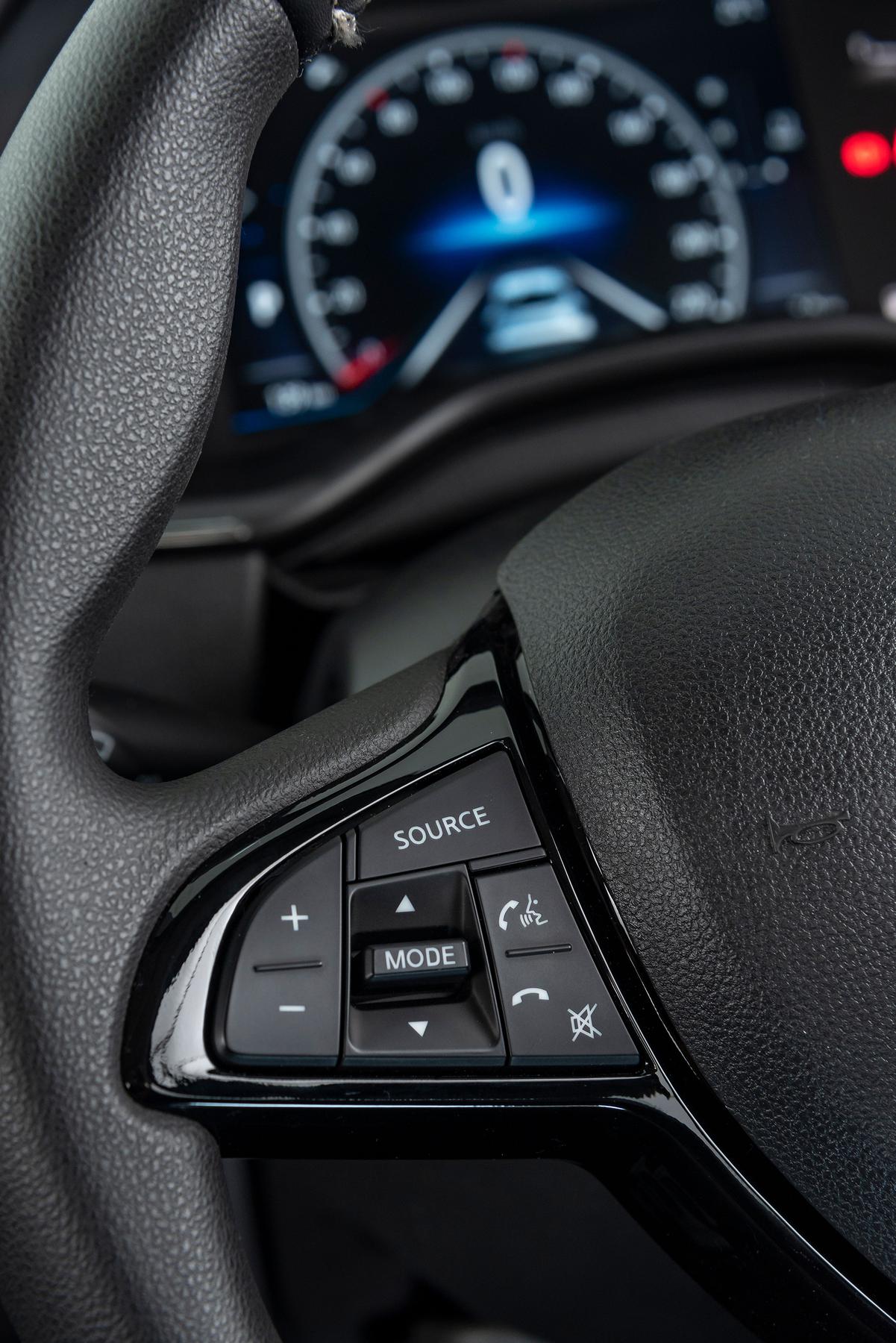
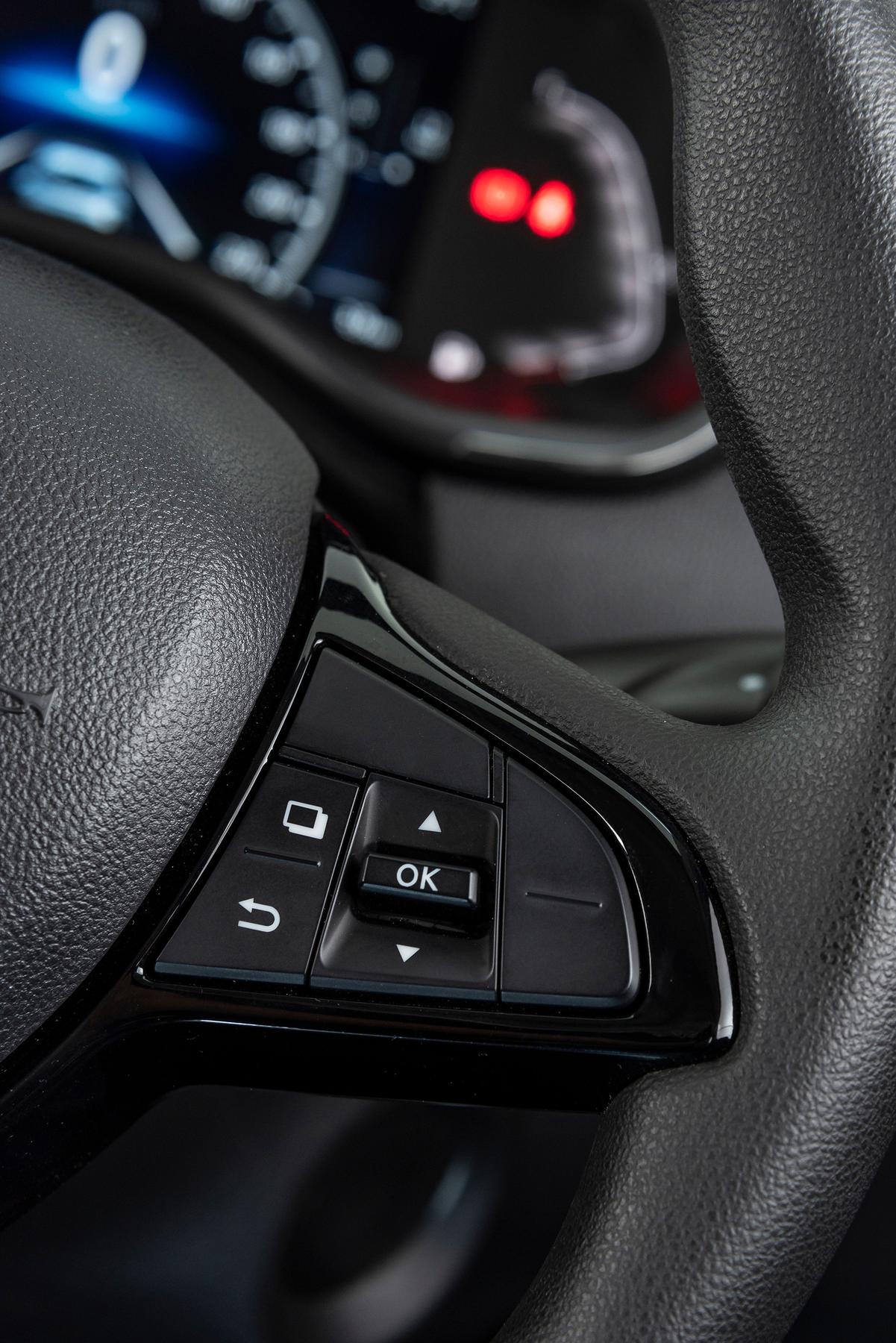
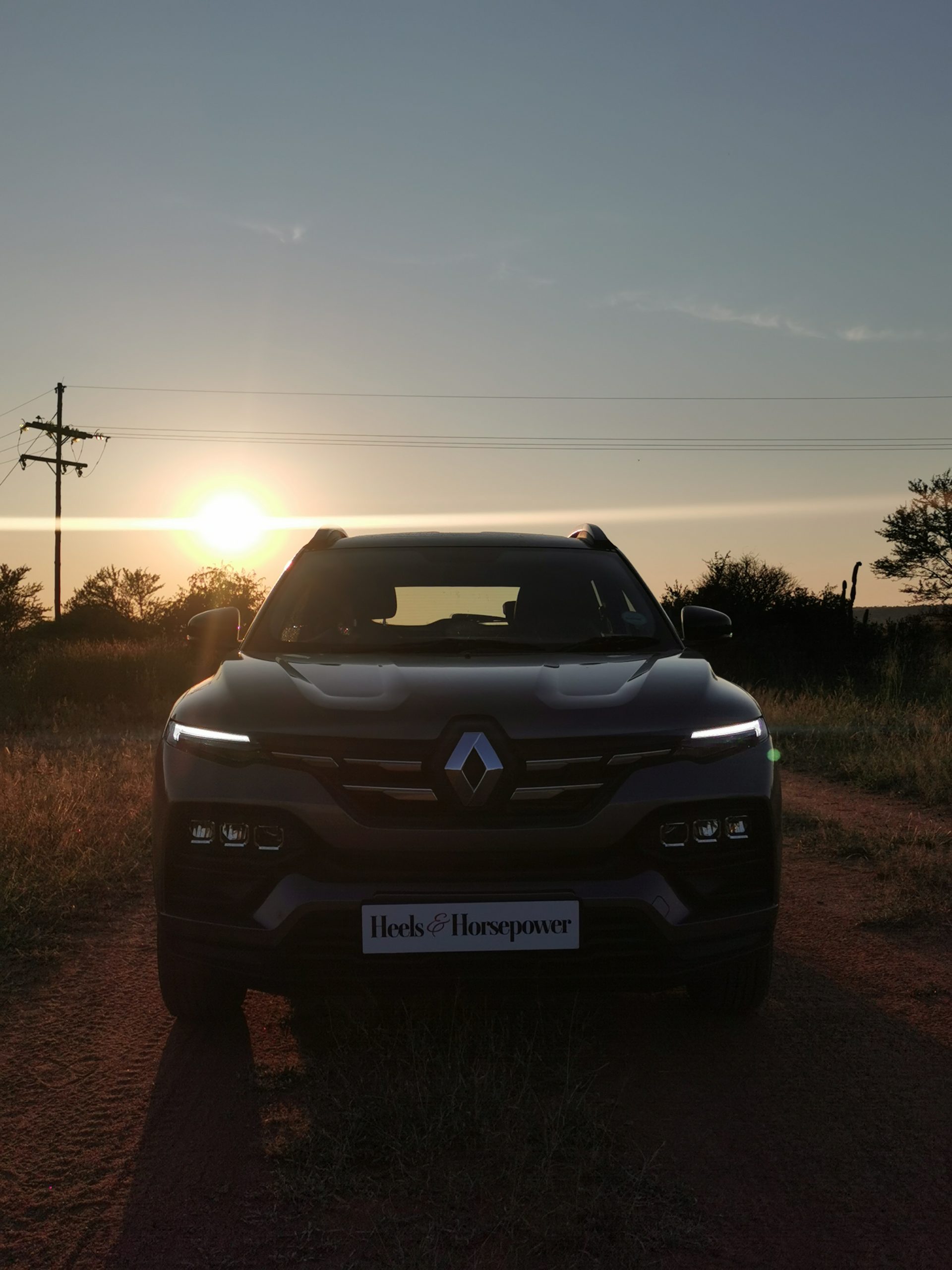
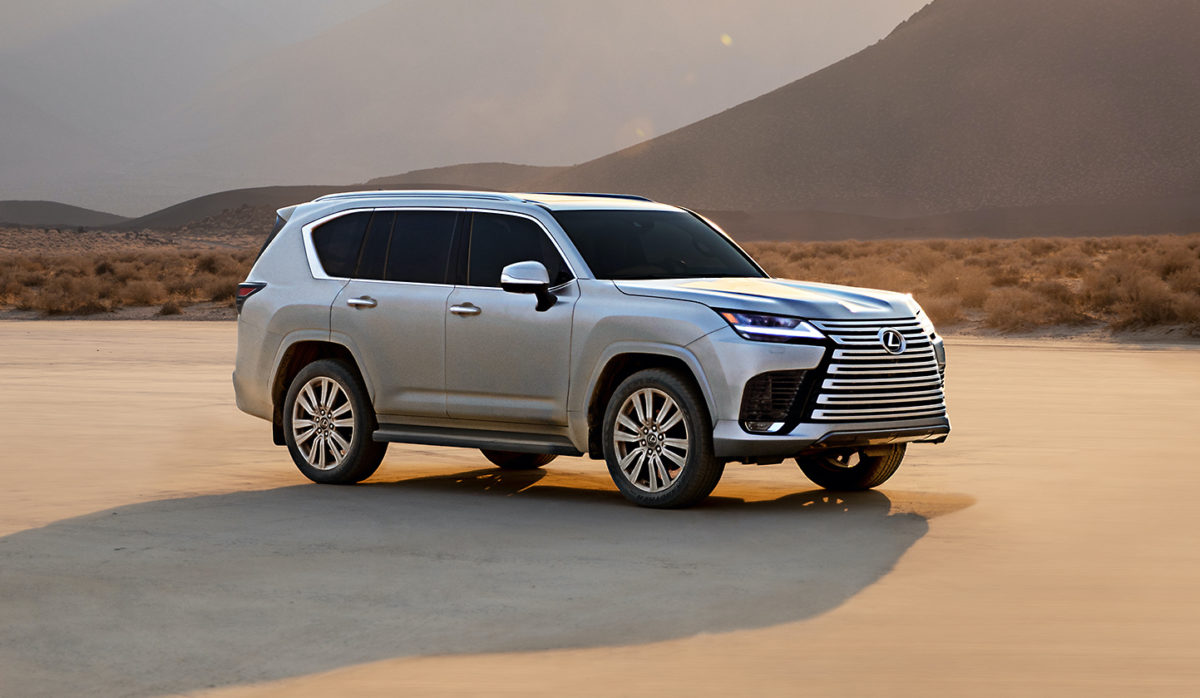
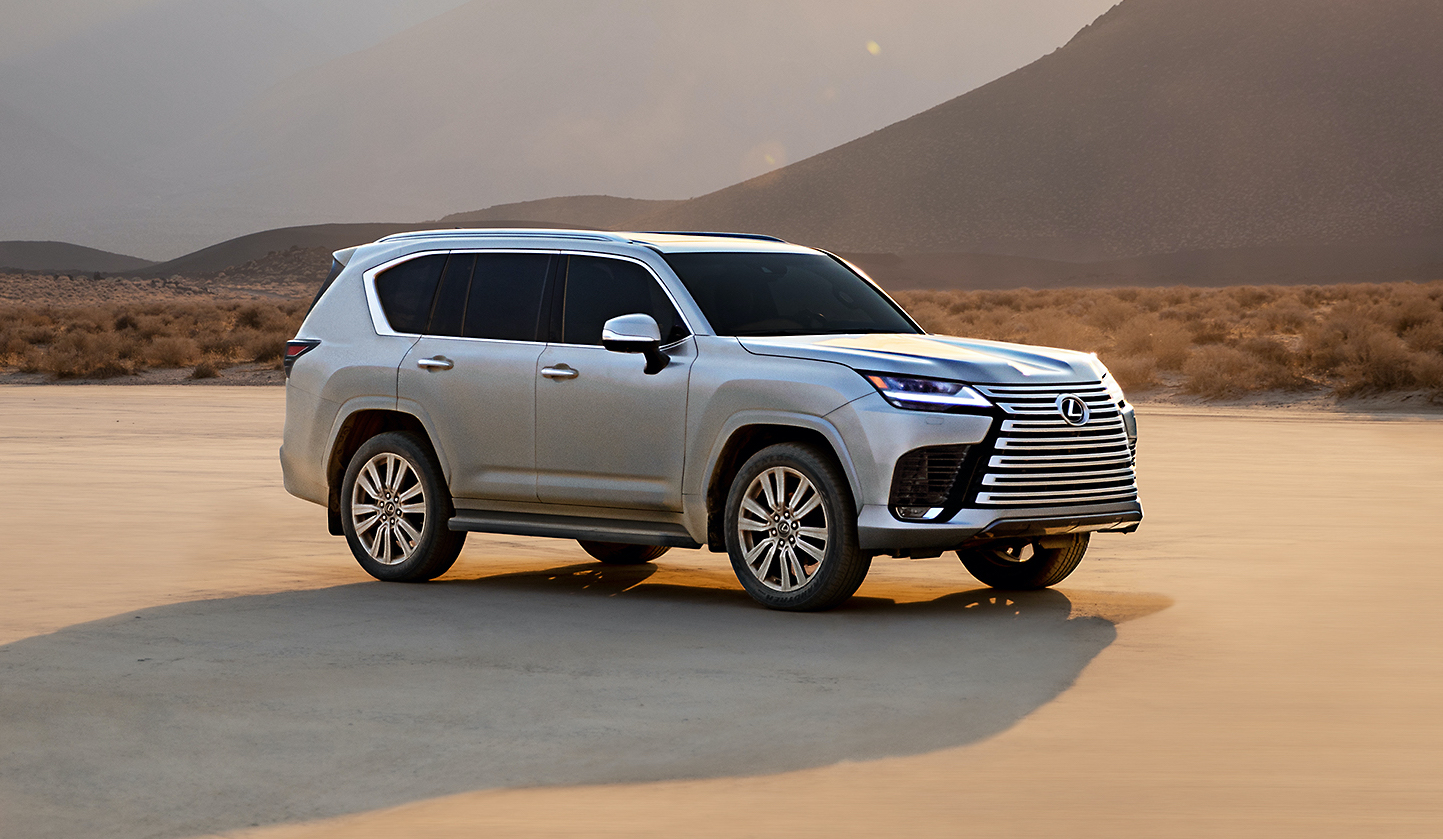
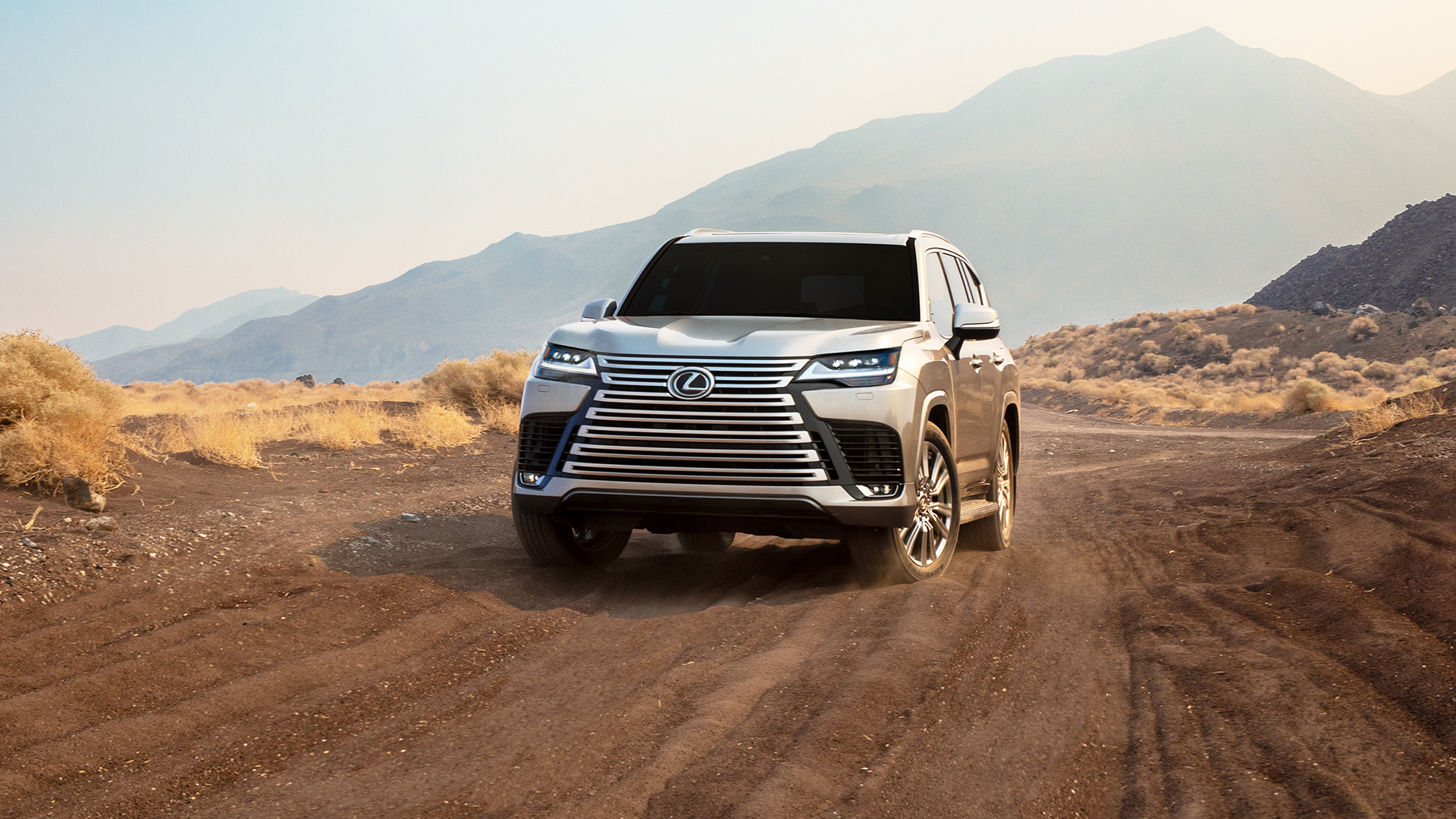

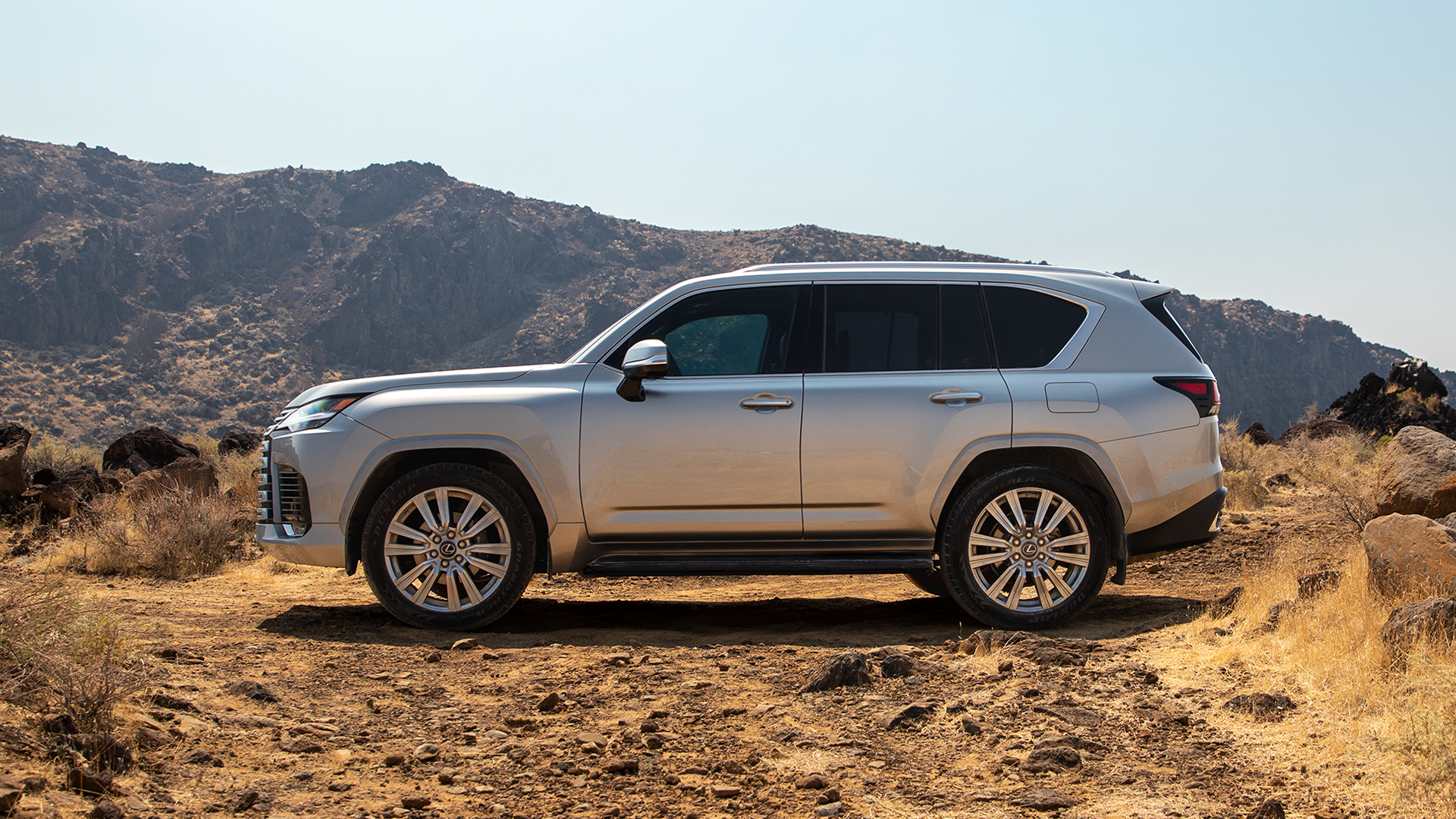
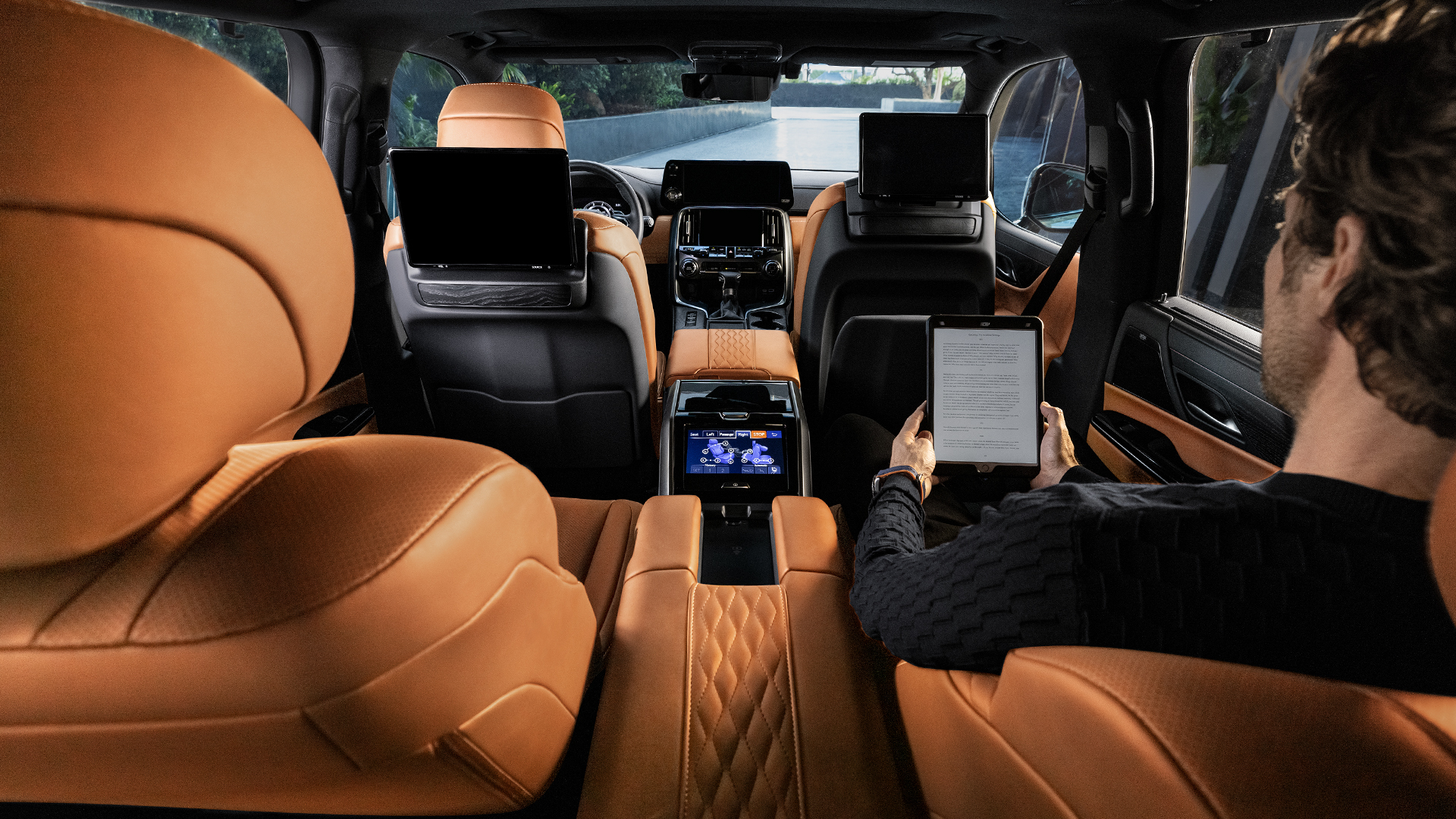
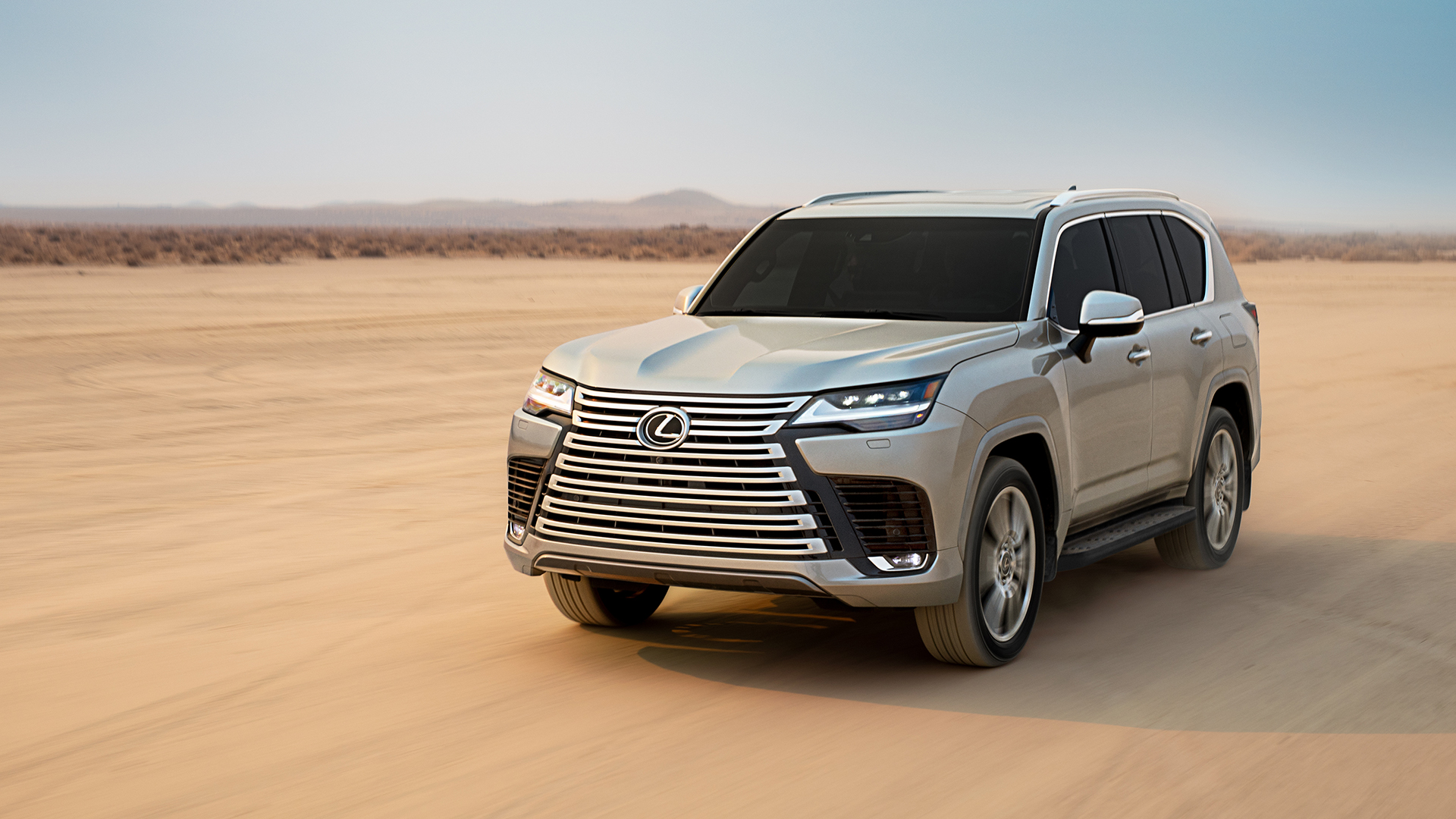
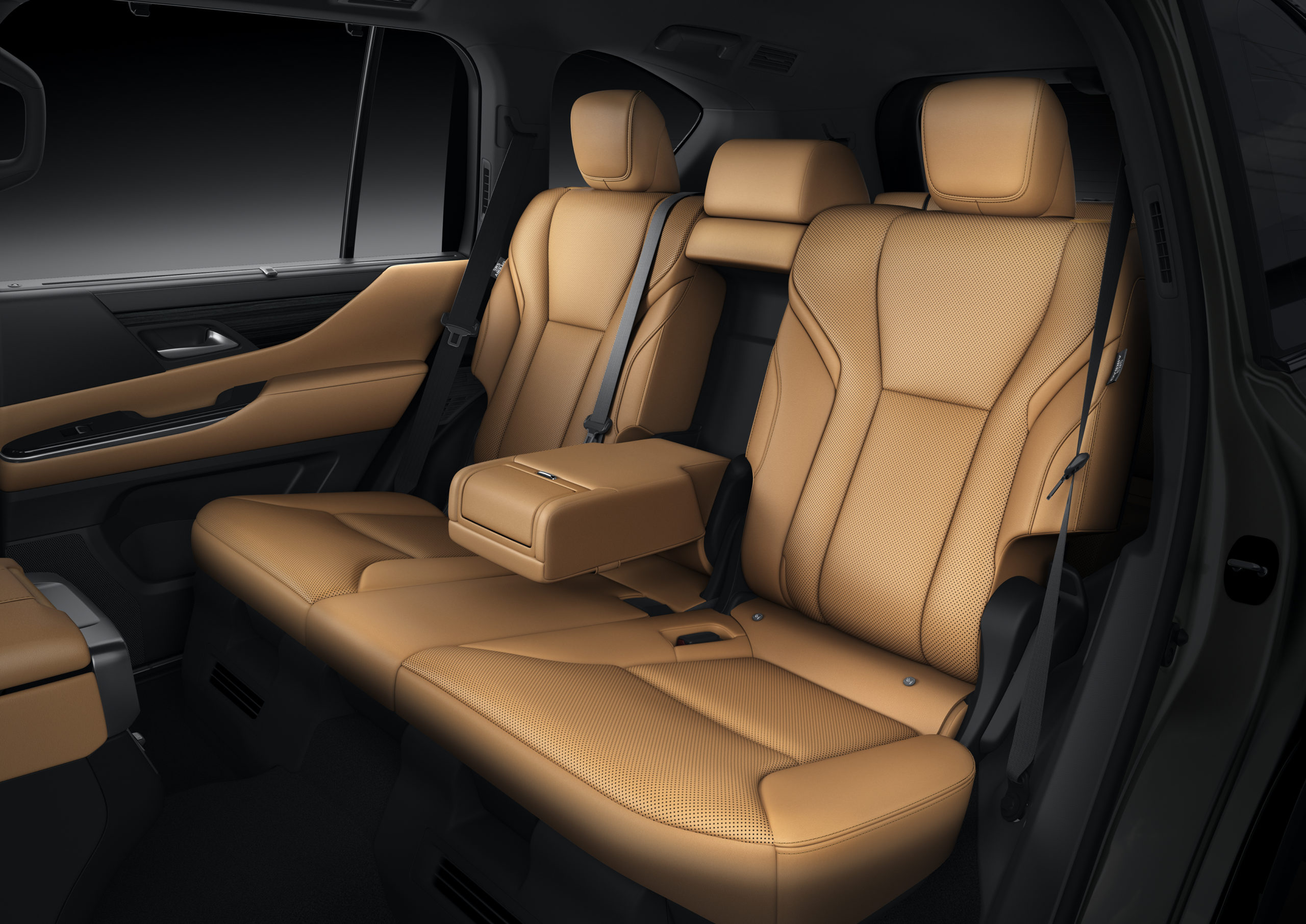

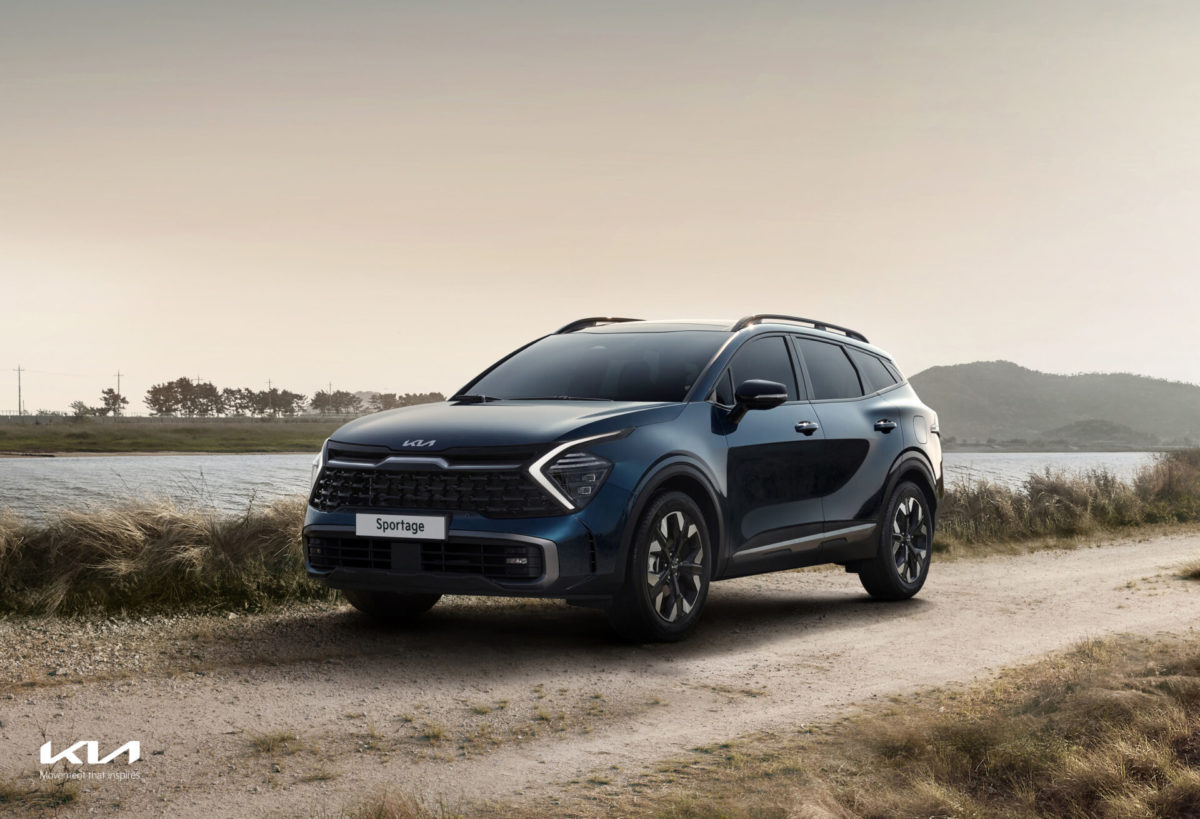
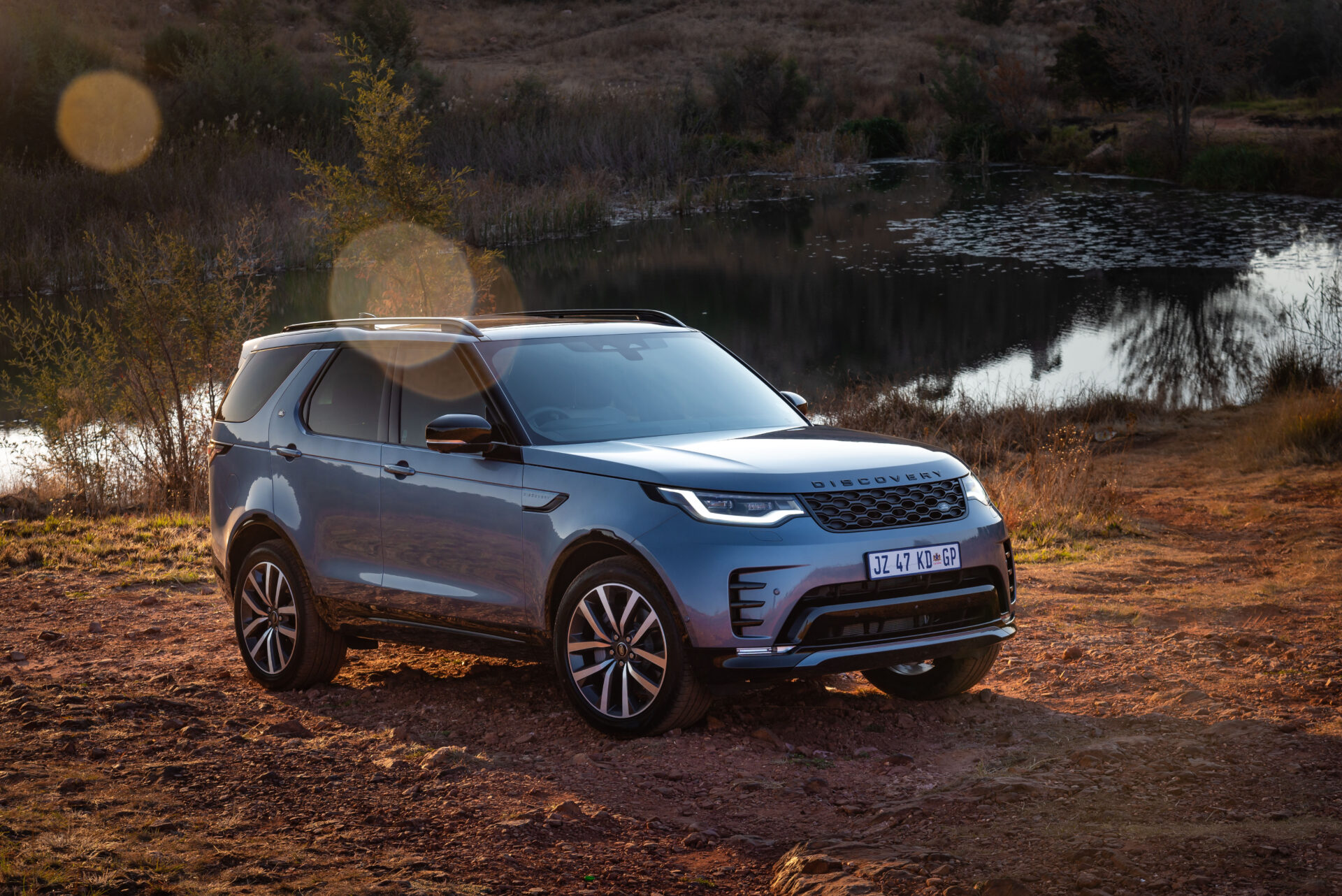





















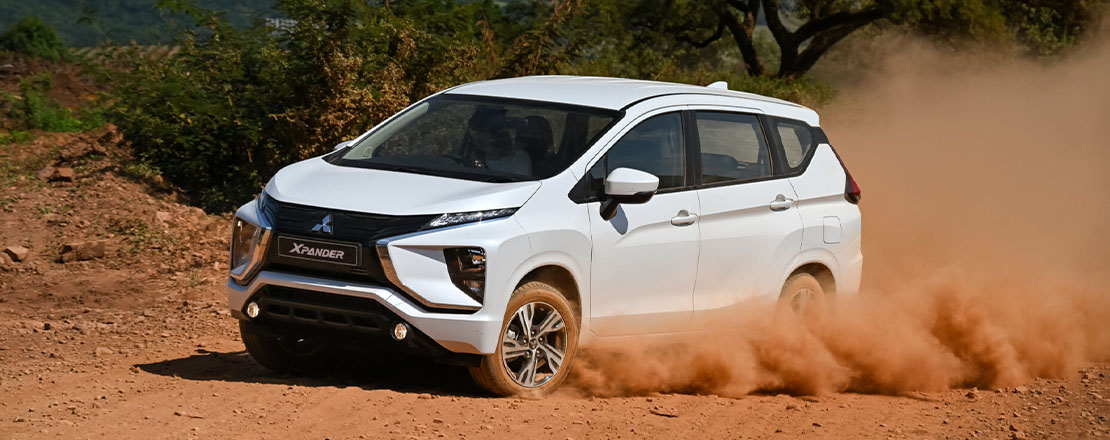
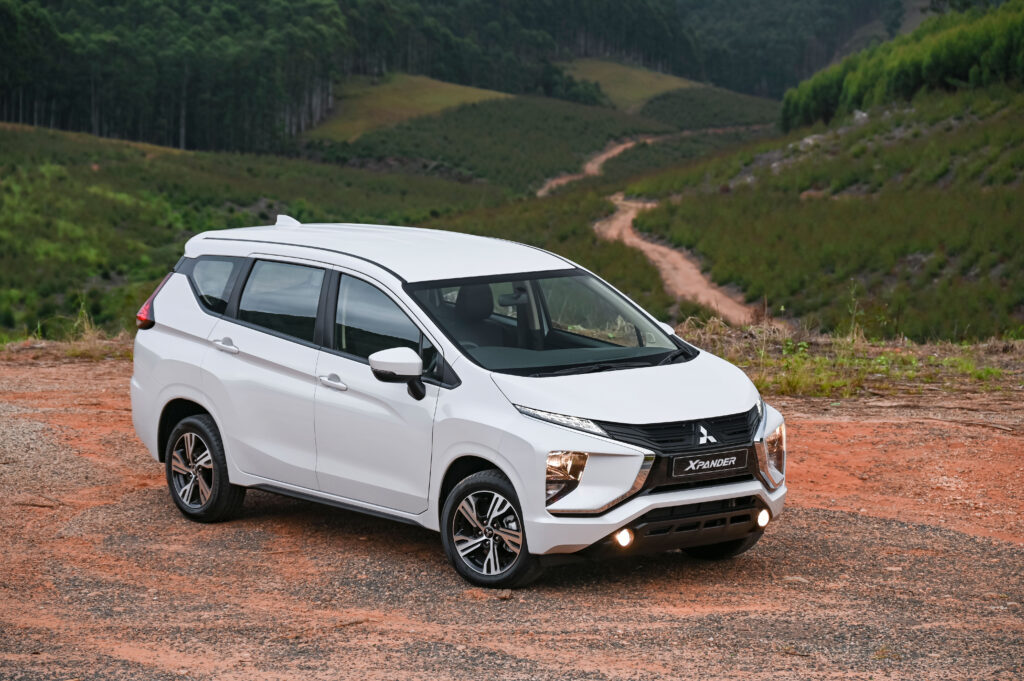
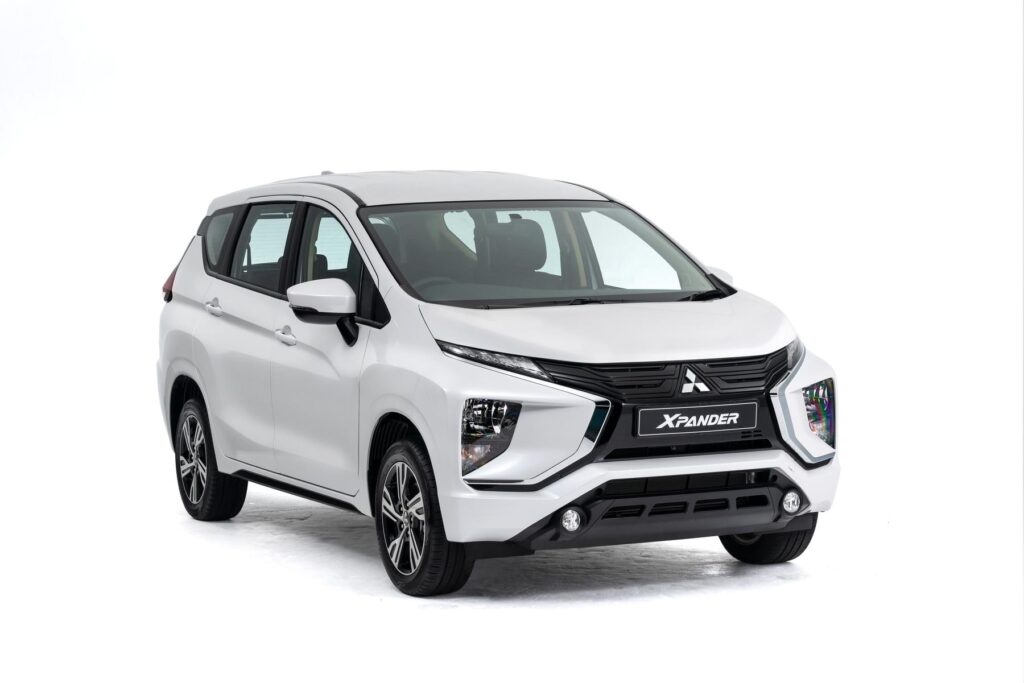
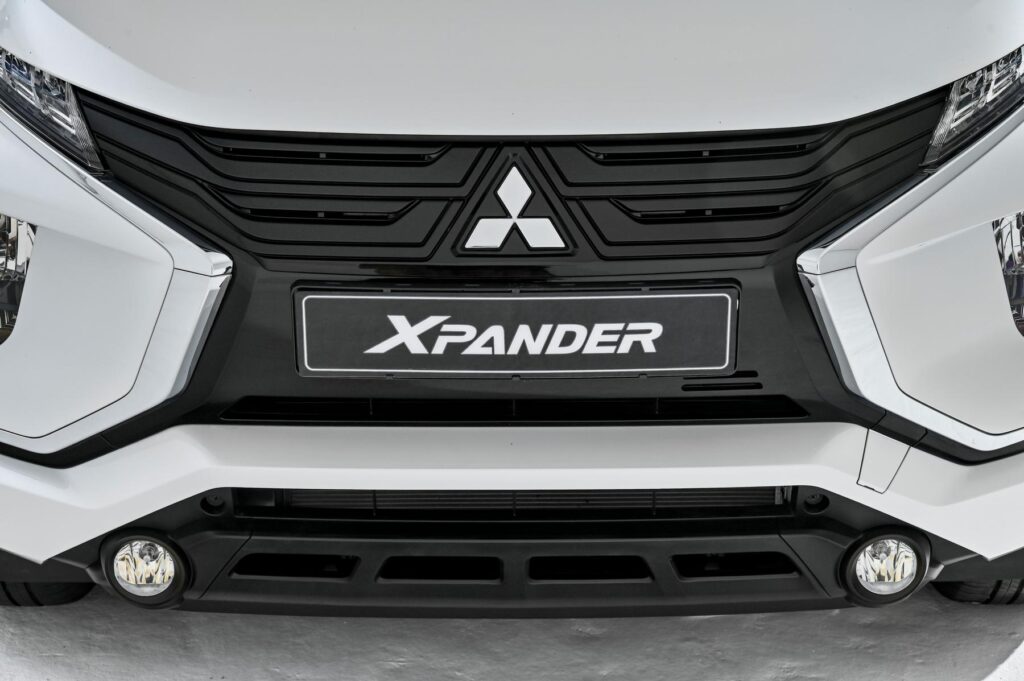
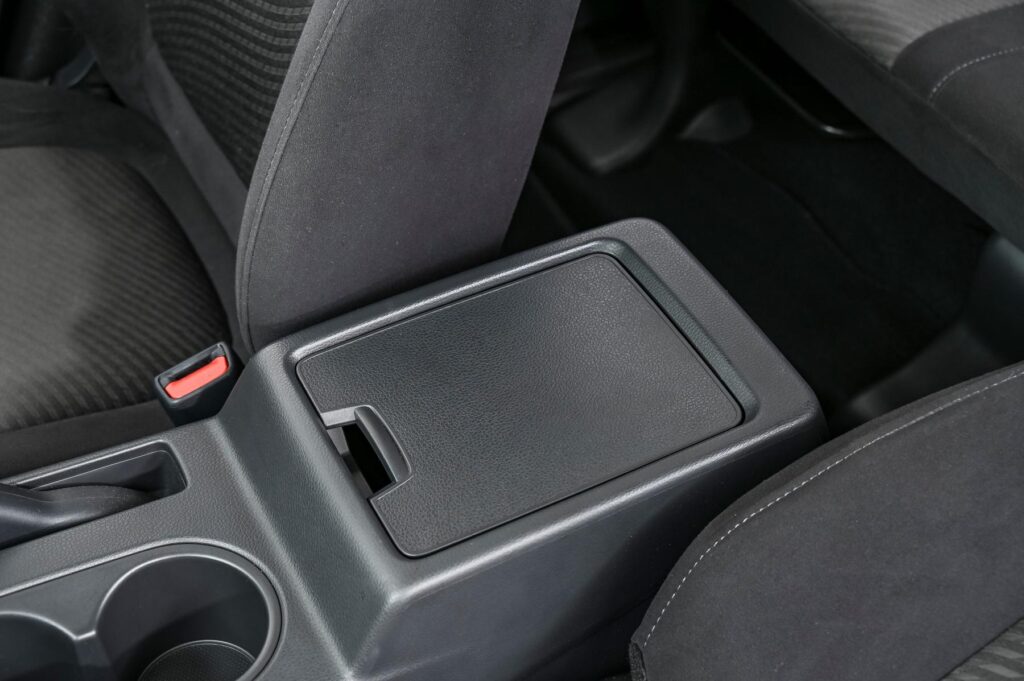
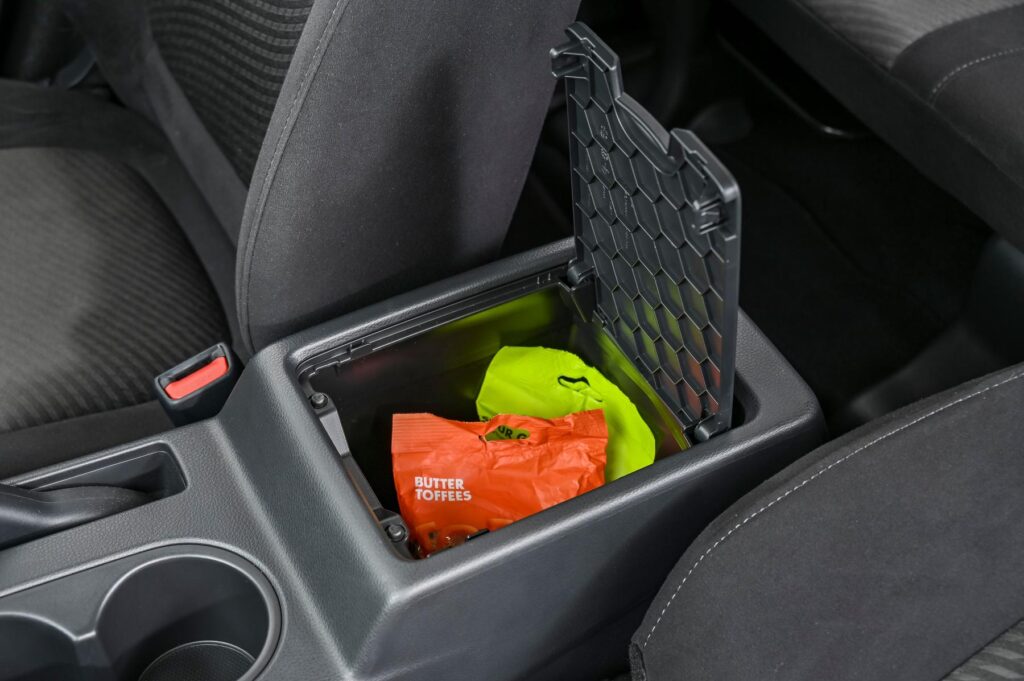
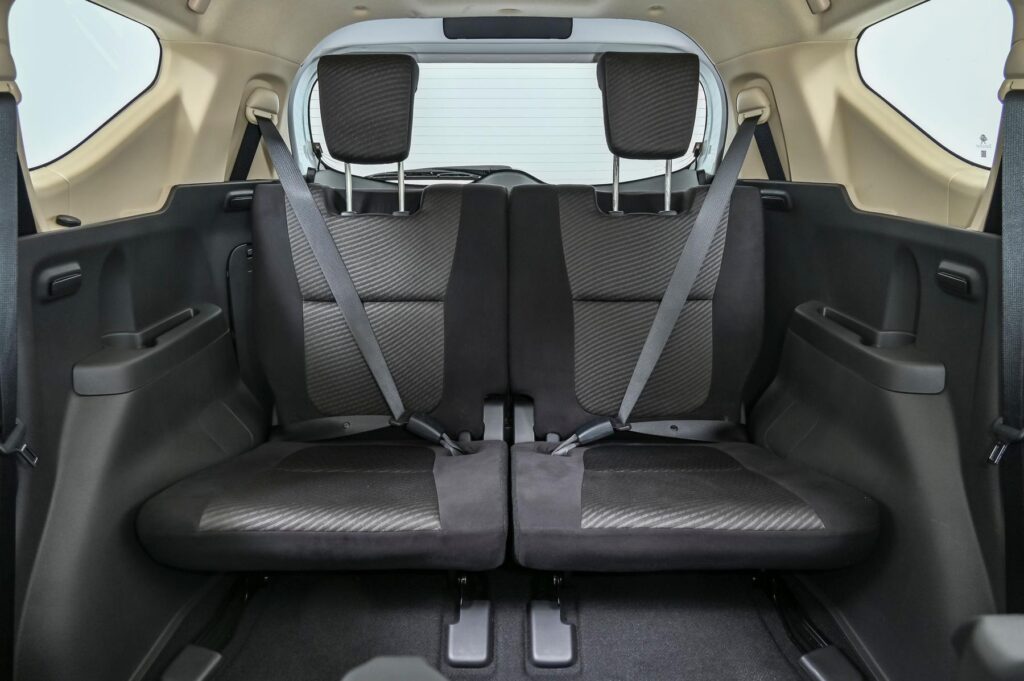






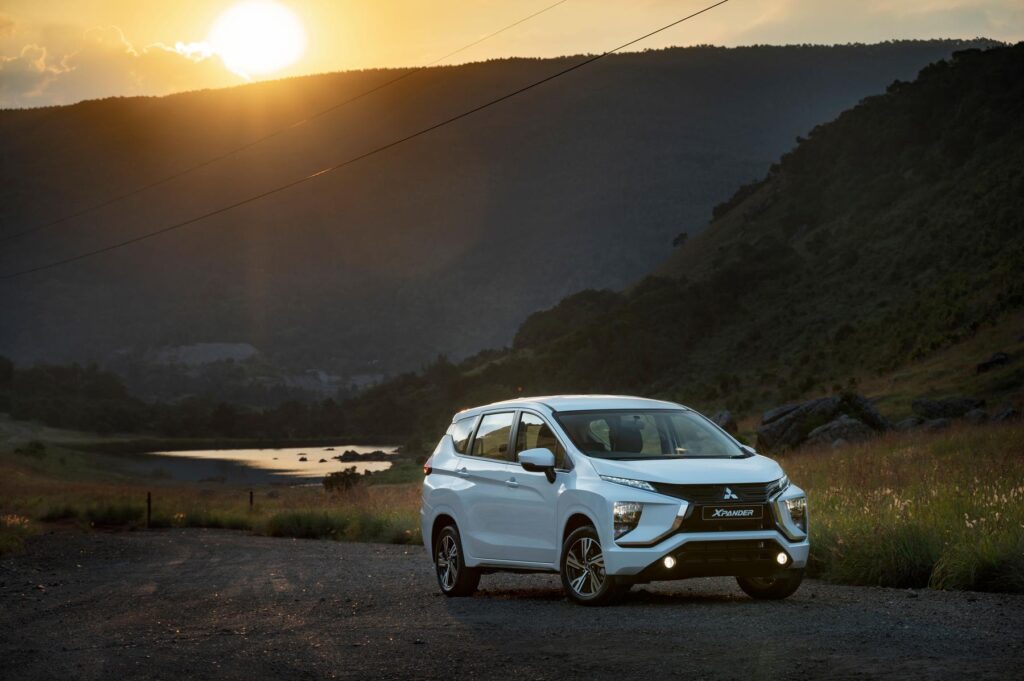
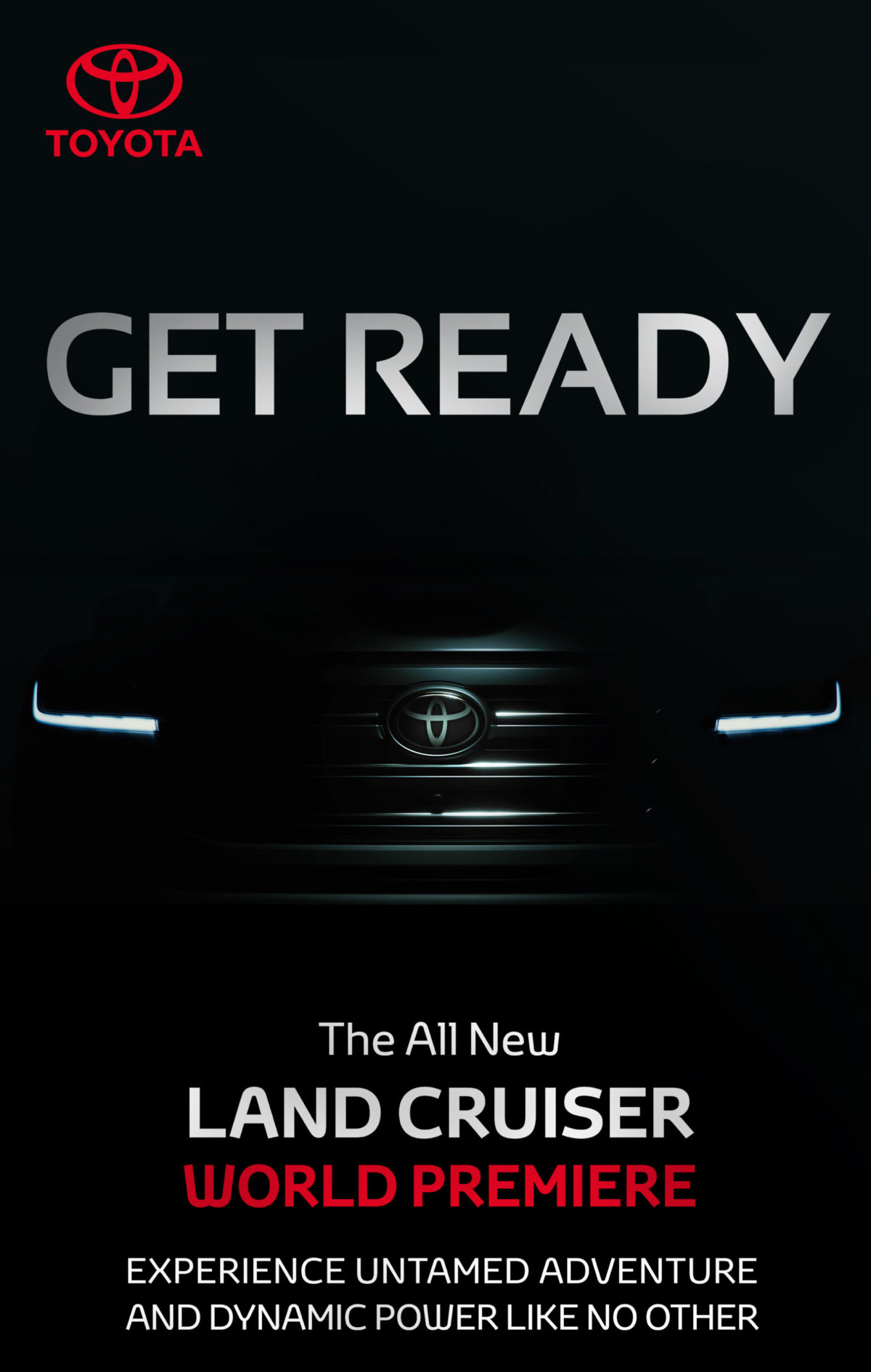
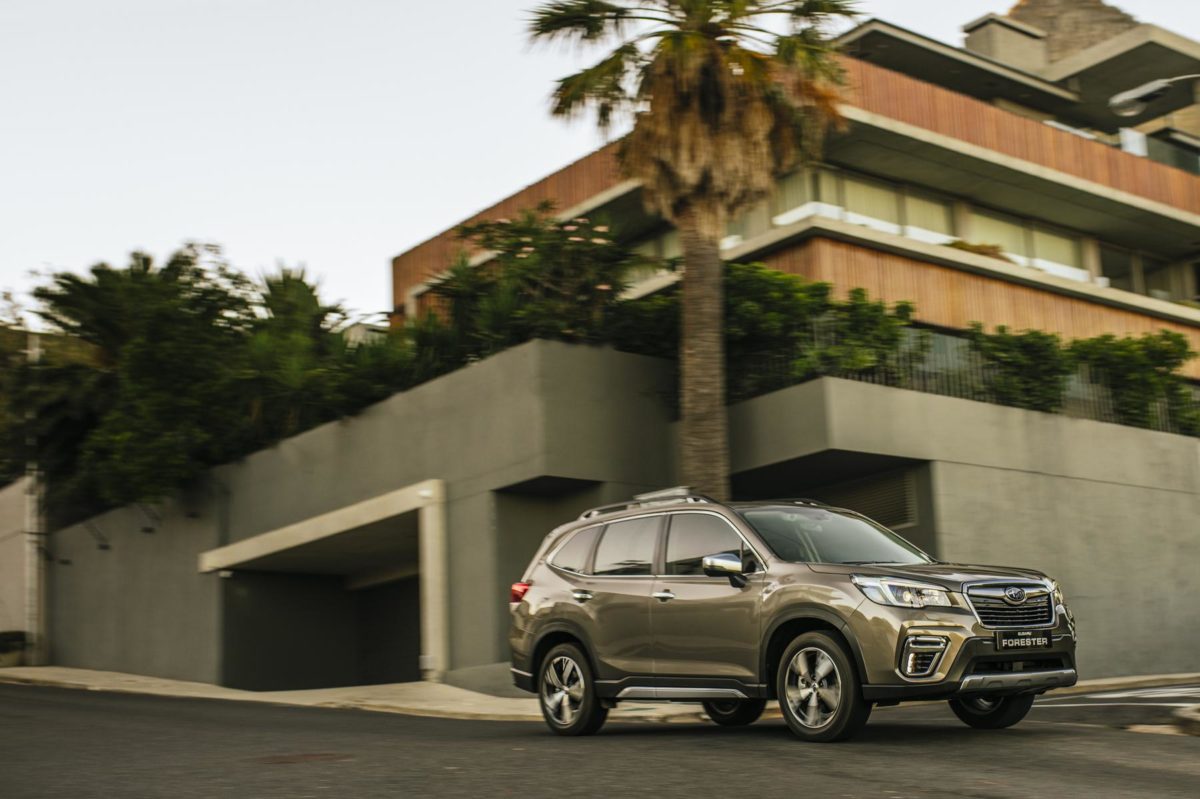



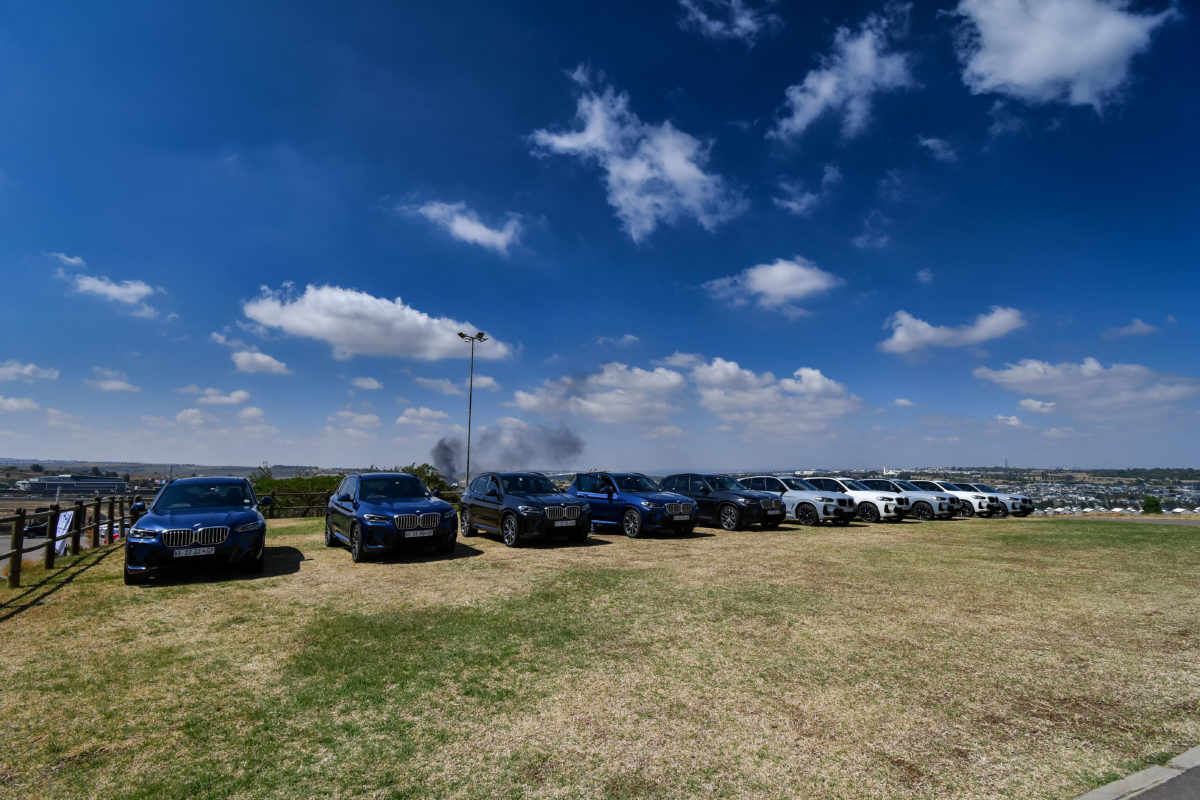

 Performance Car: Toyota GR Supra 3.0T
Performance Car: Toyota GR Supra 3.0T Performance Car: Toyota GR Supra 3.0T
Performance Car: Toyota GR Supra 3.0T URBAN CATEGORY WINNER: HYUNDAI ATOS 1.1 MOTION
URBAN CATEGORY WINNER: HYUNDAI ATOS 1.1 MOTION URBAN CATEGORY WINNER: HYUNDAI ATOS 1.1 MOTION
URBAN CATEGORY WINNER: HYUNDAI ATOS 1.1 MOTION

